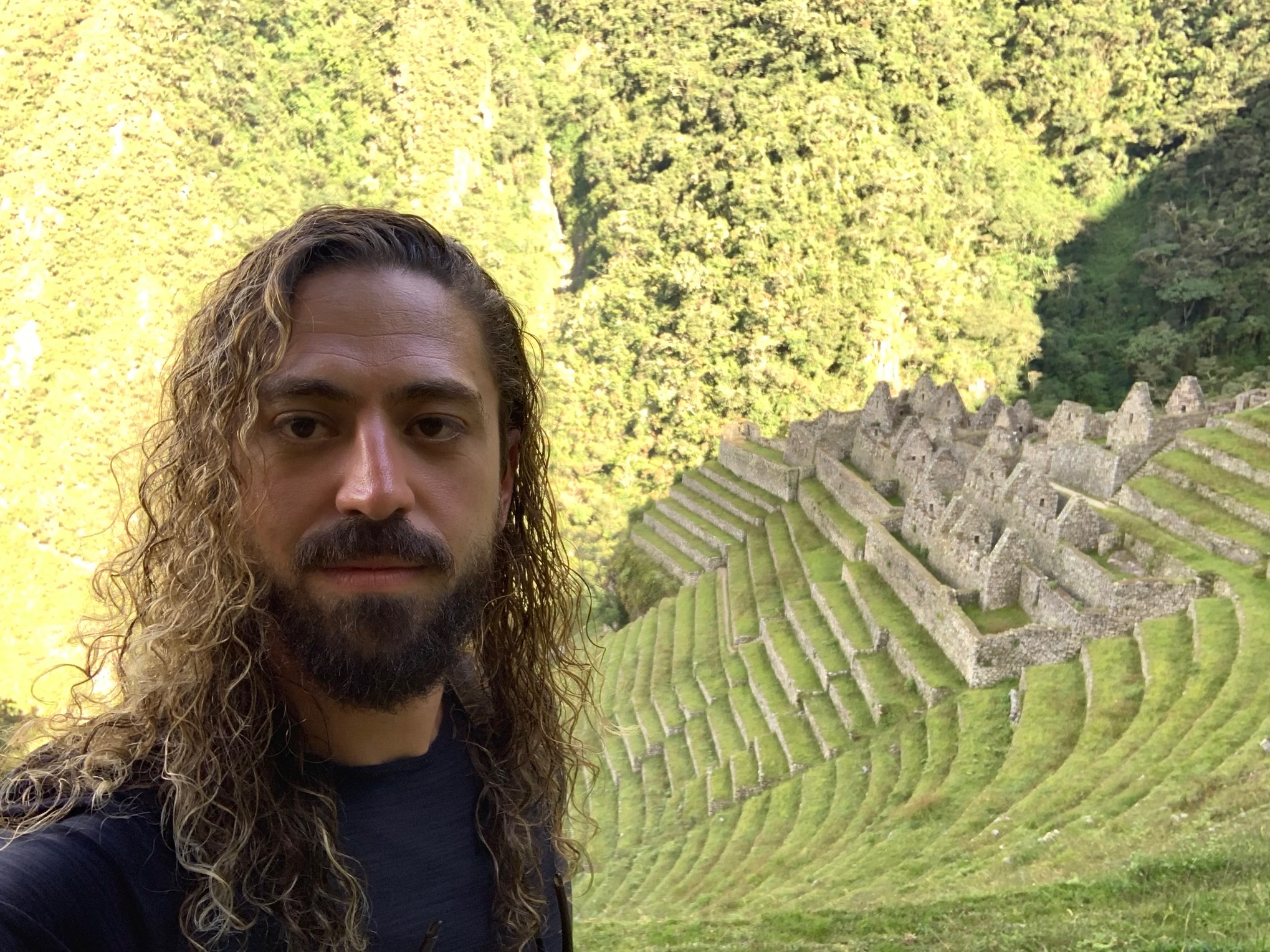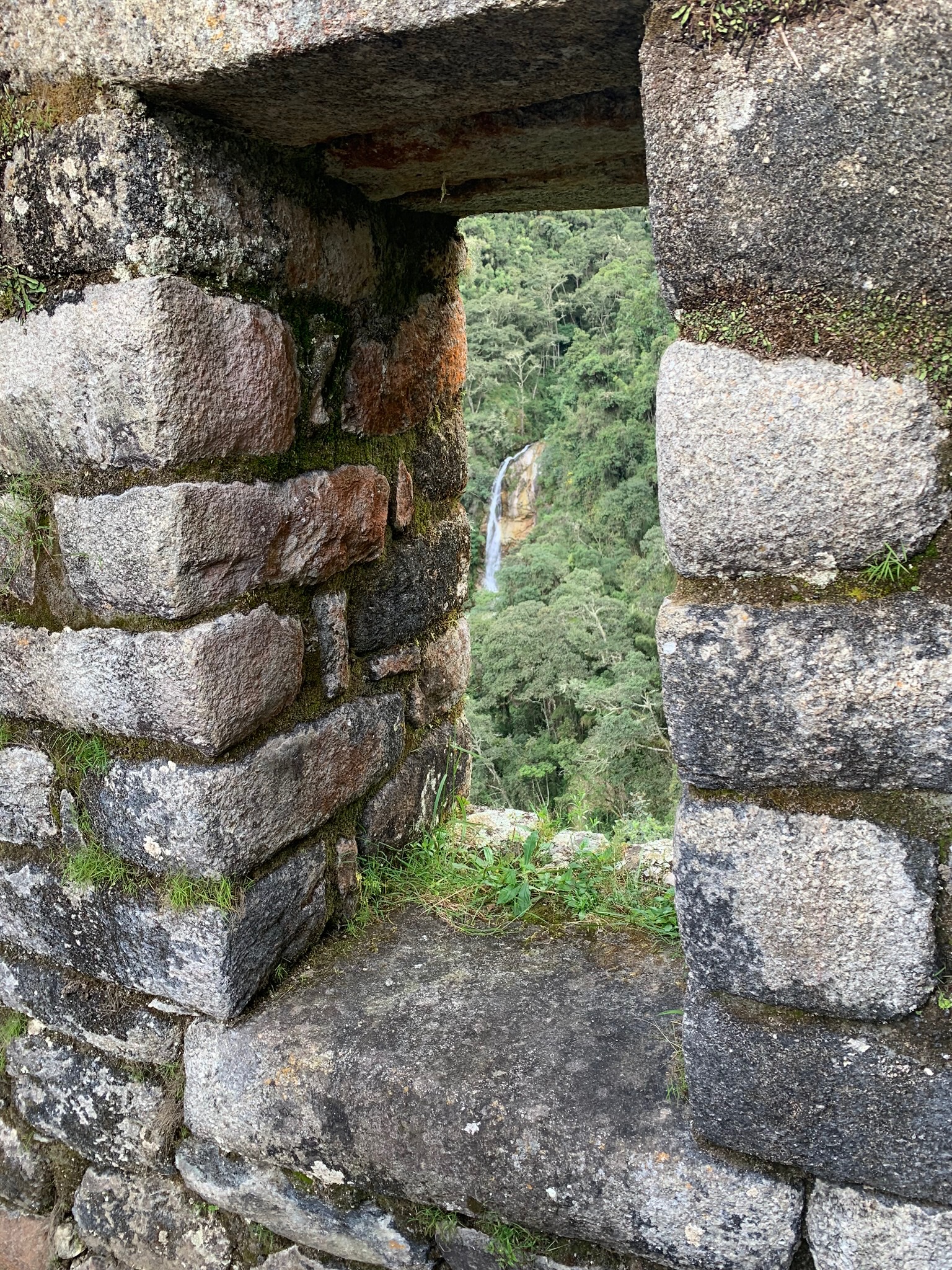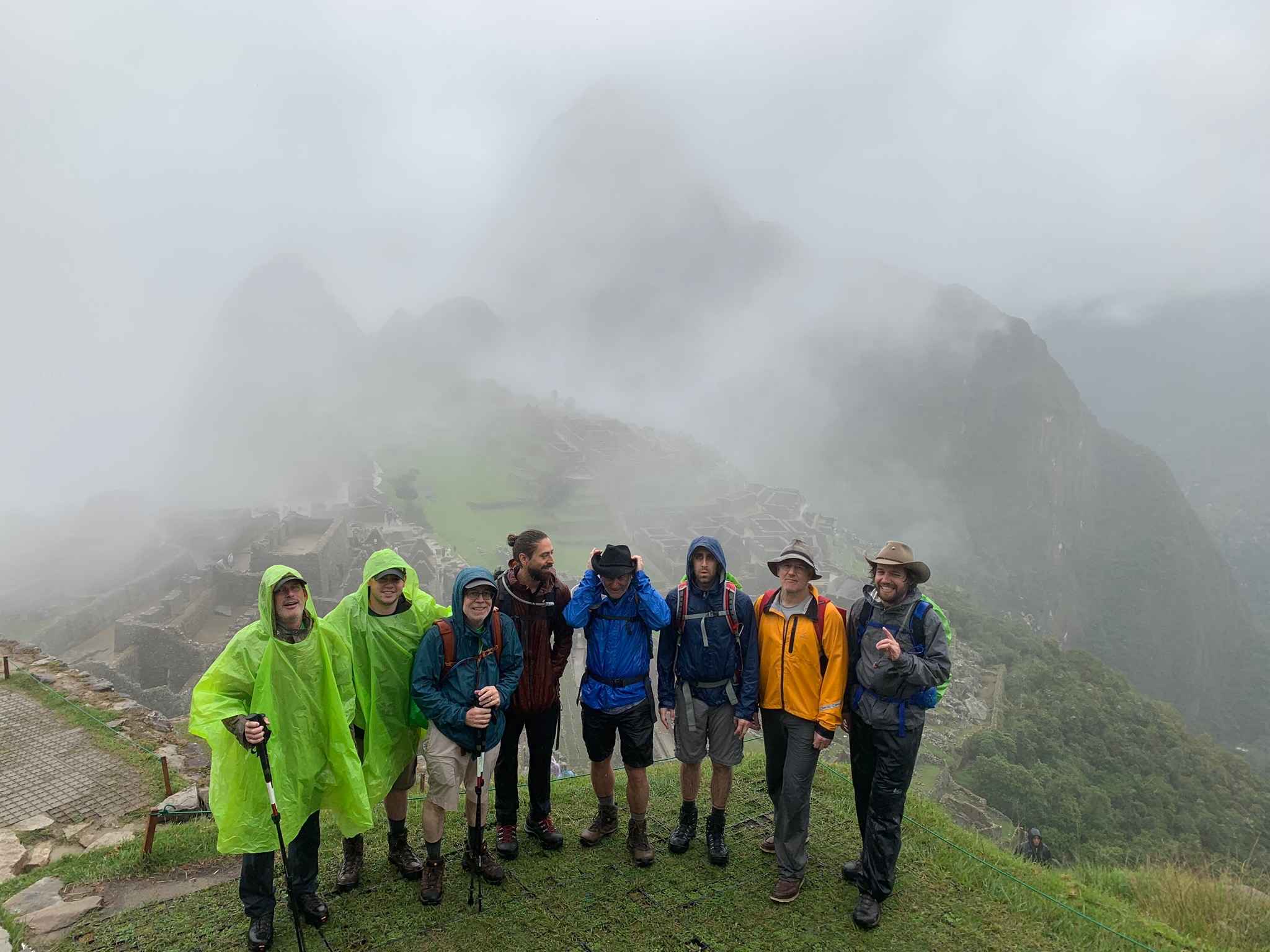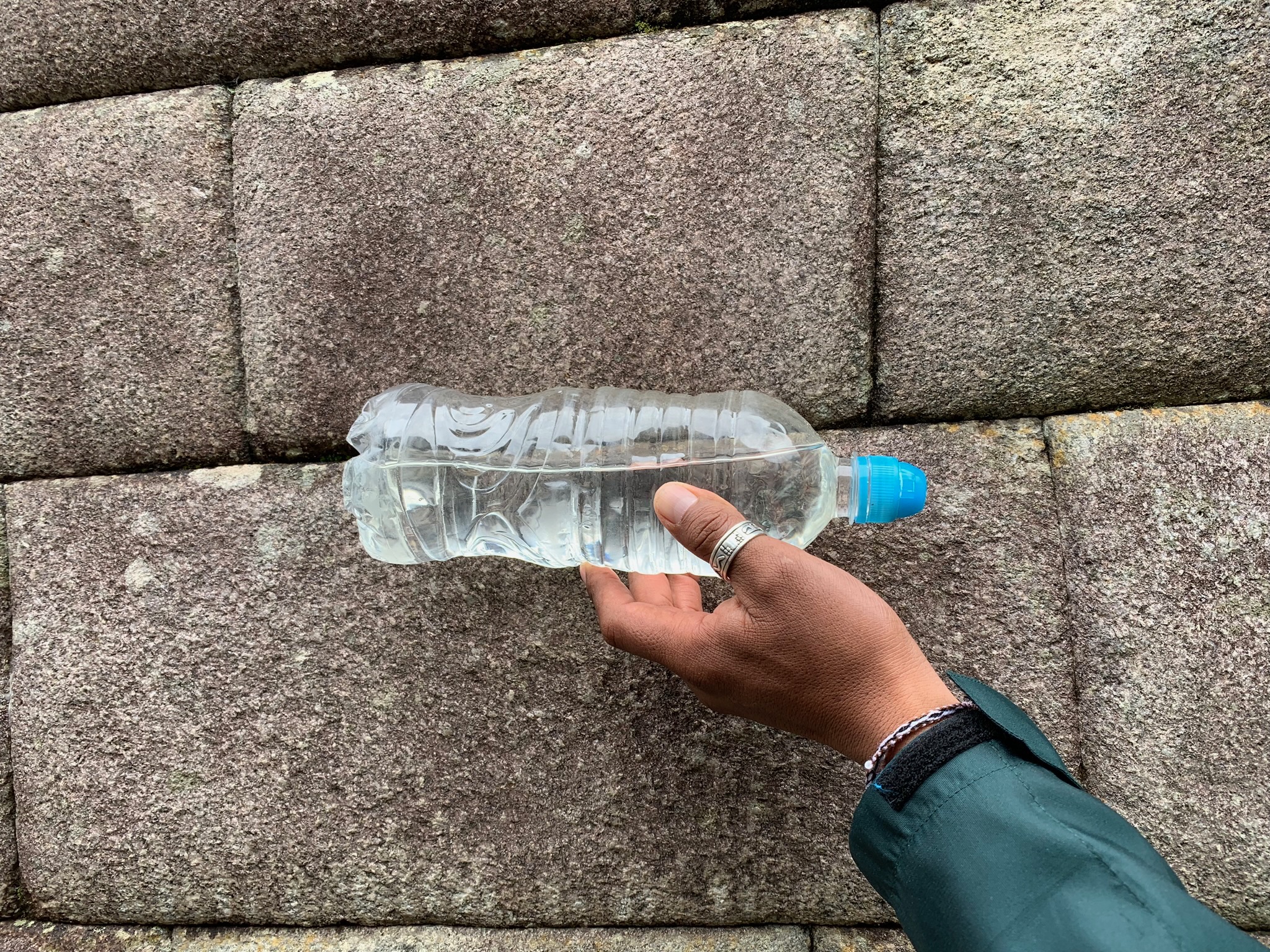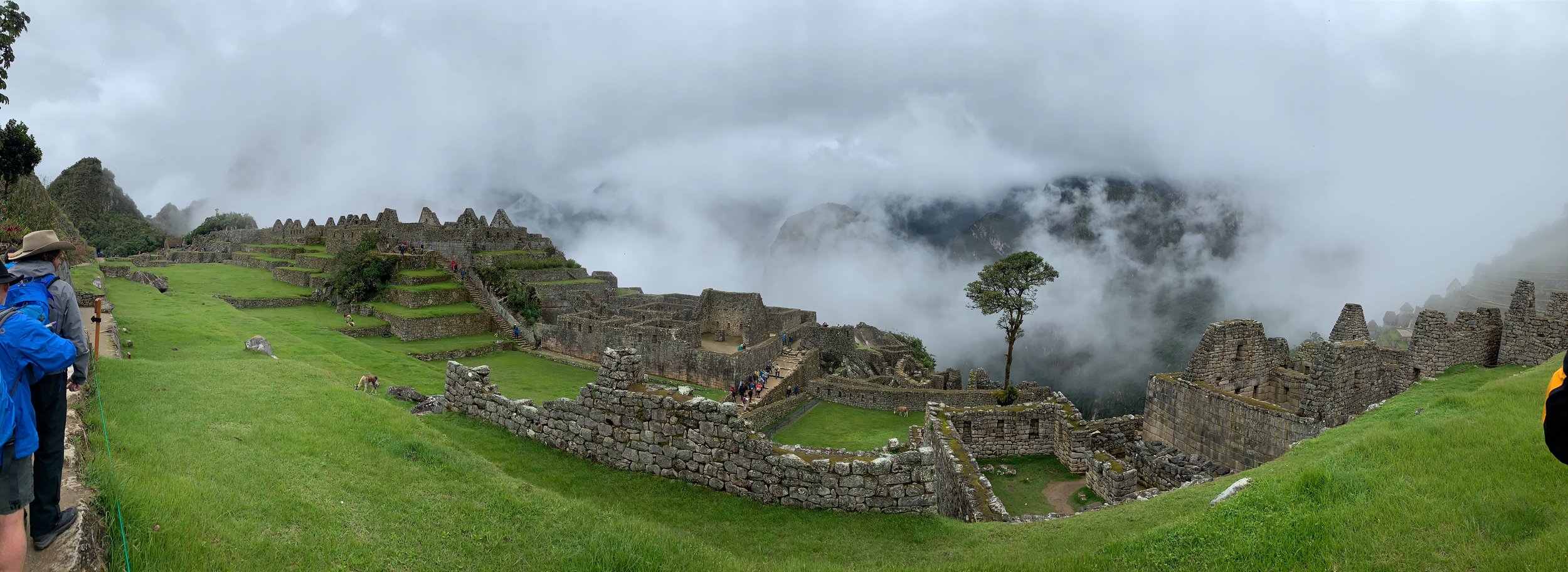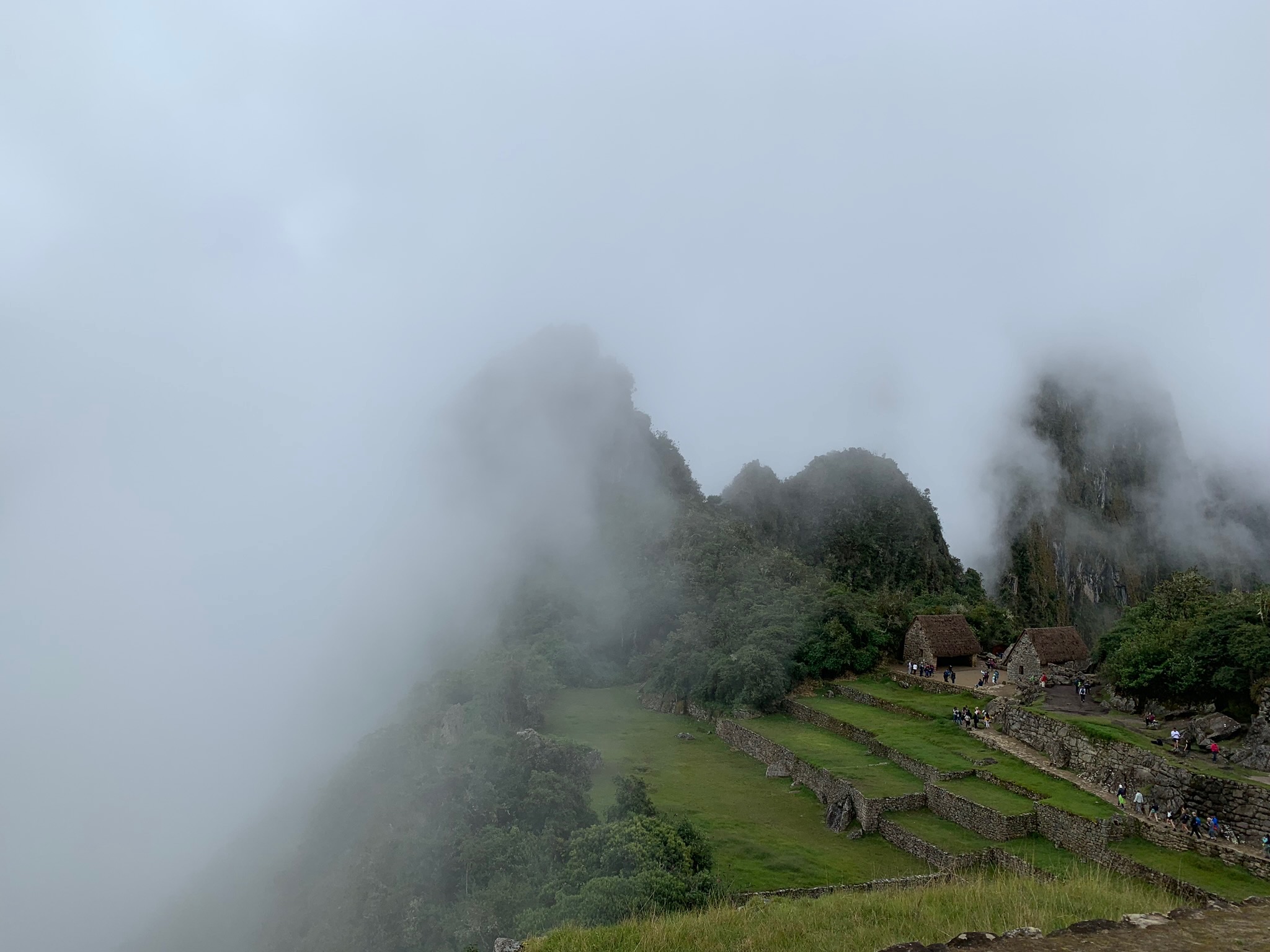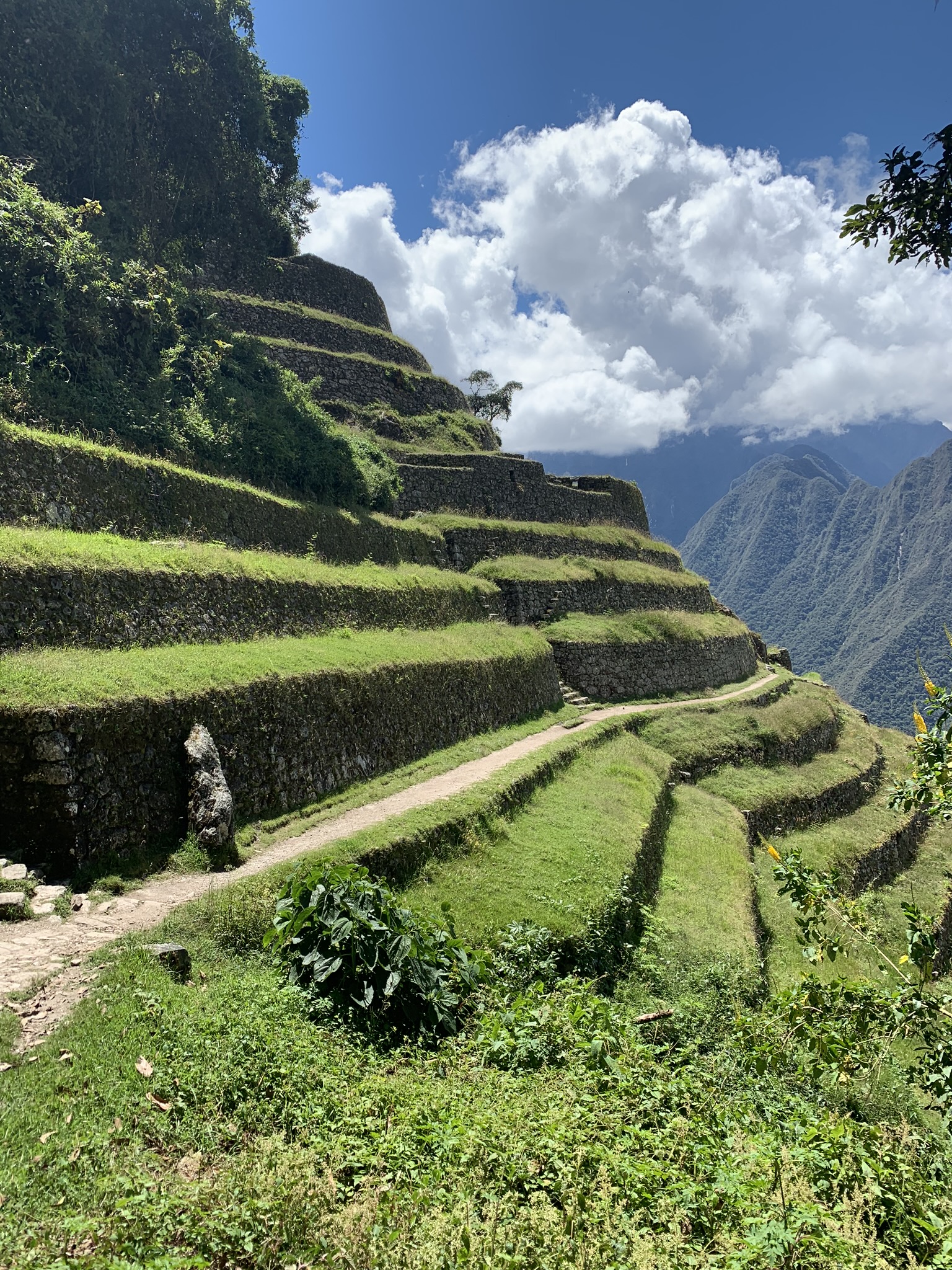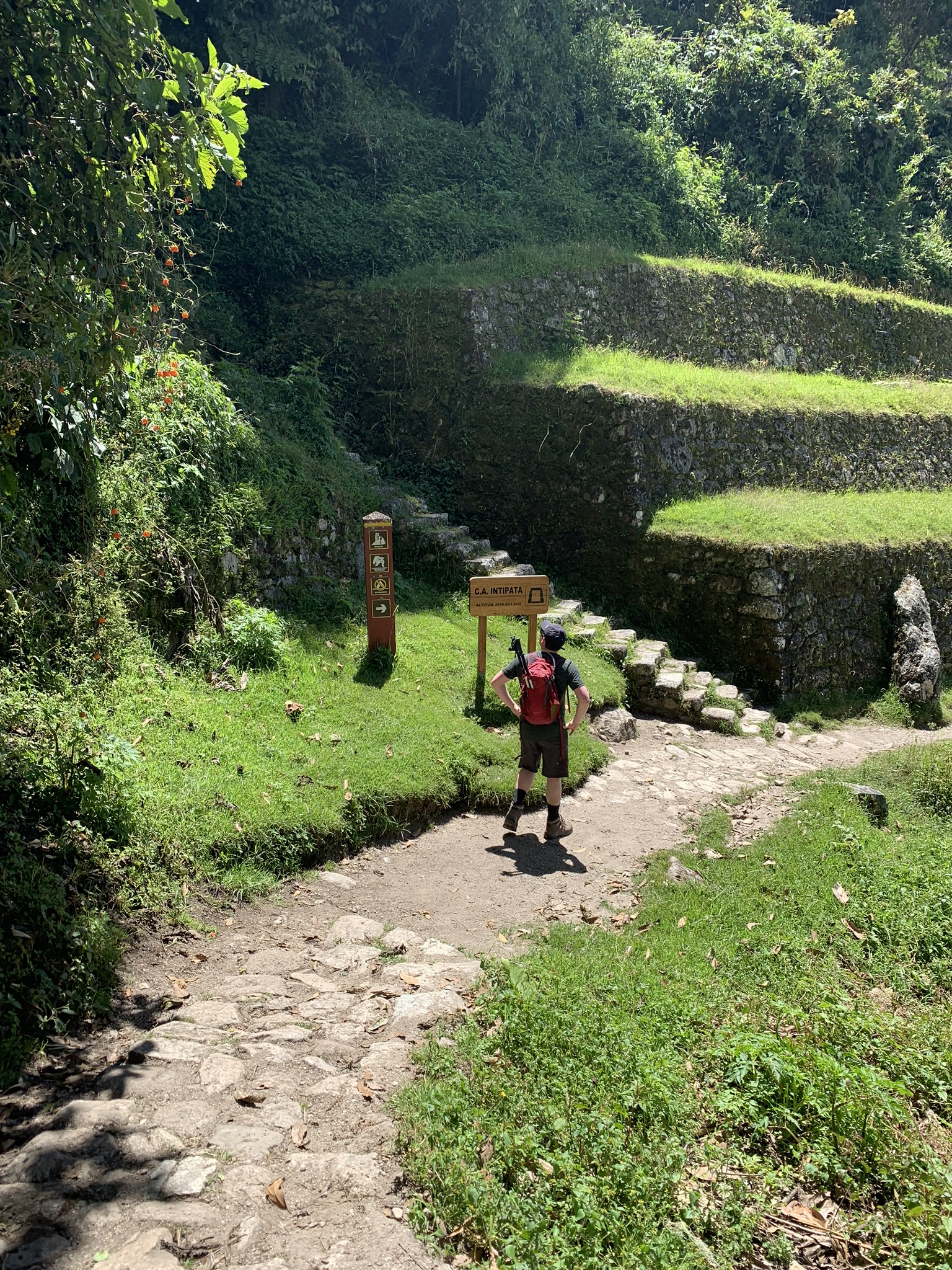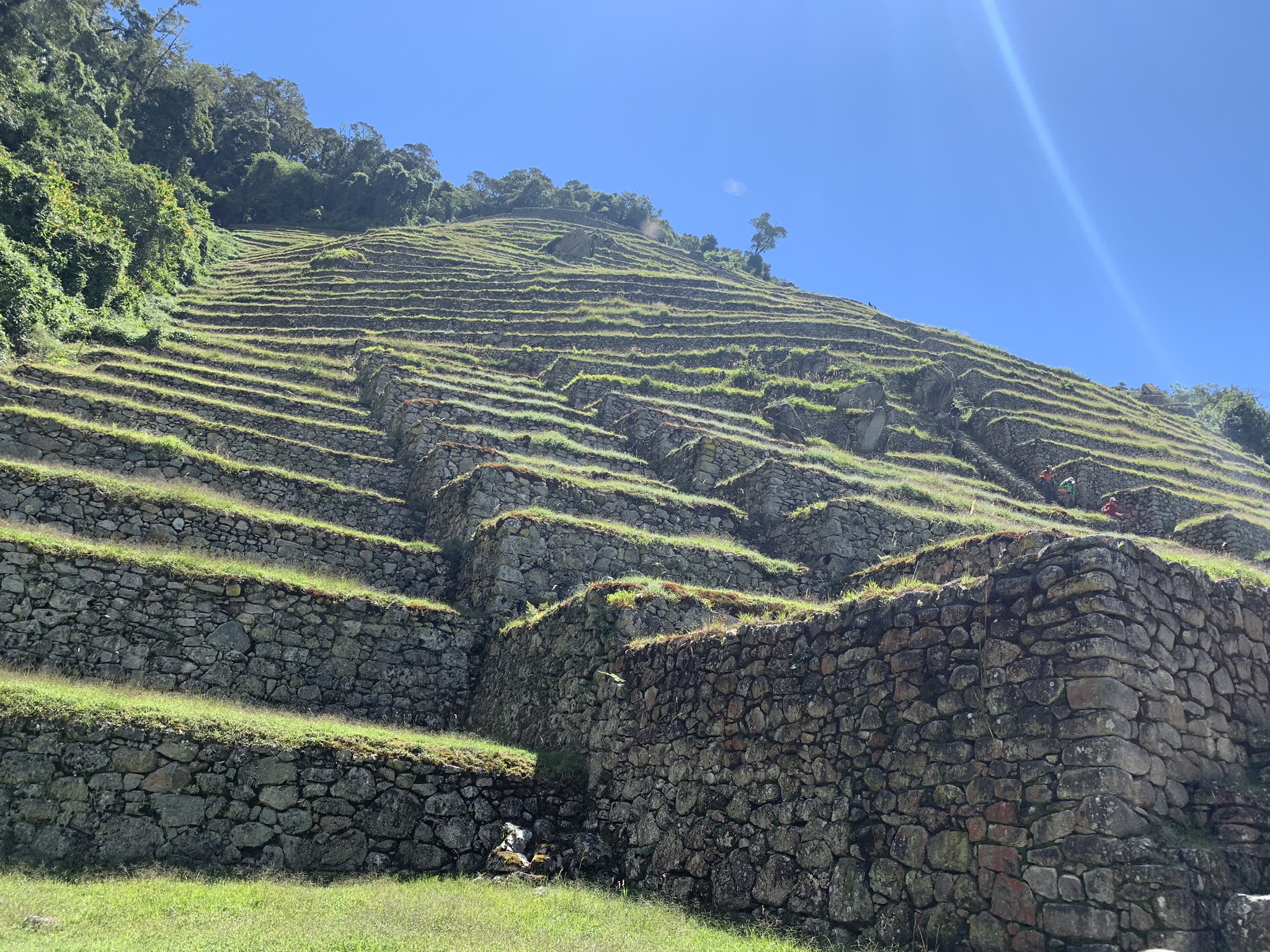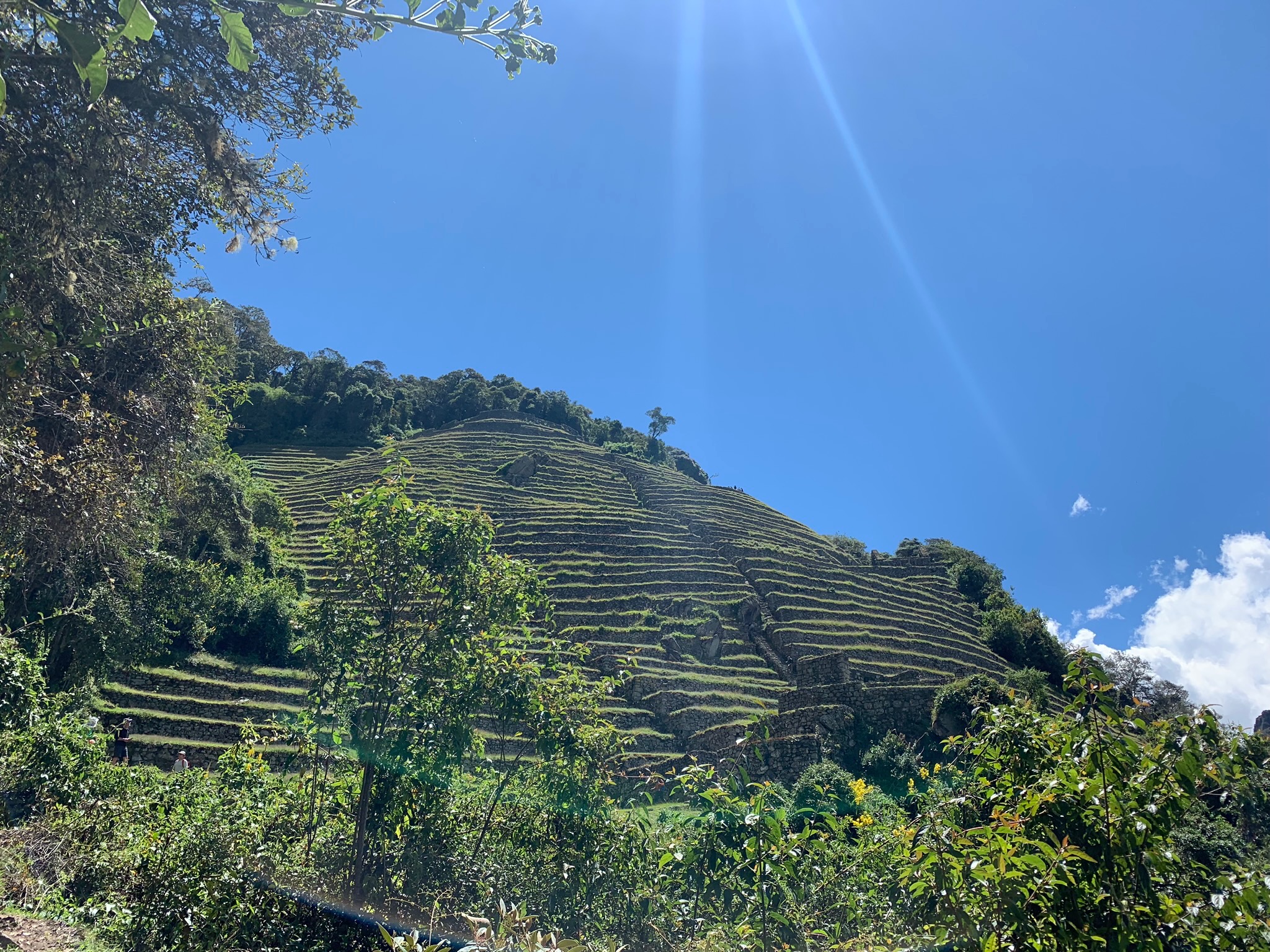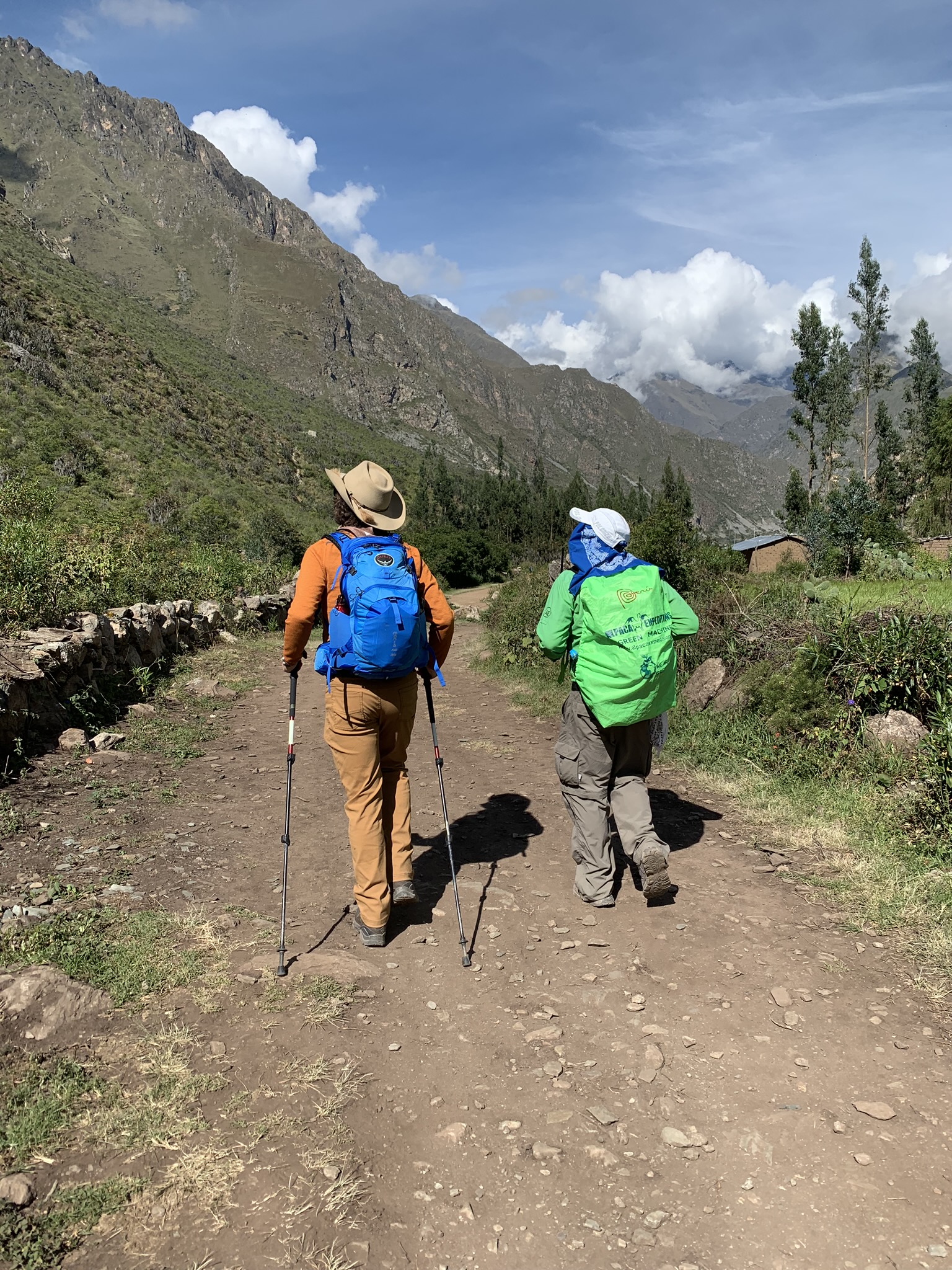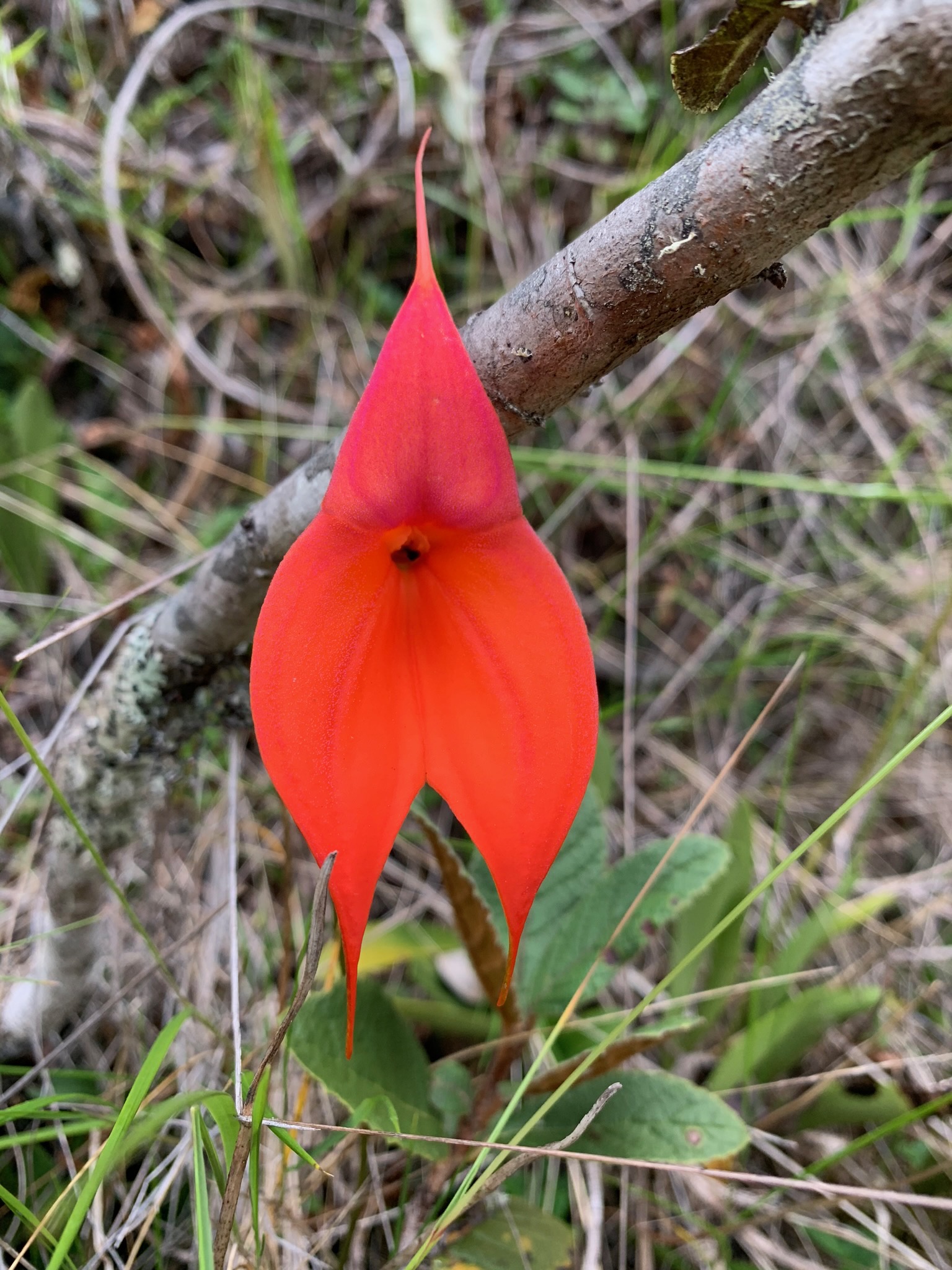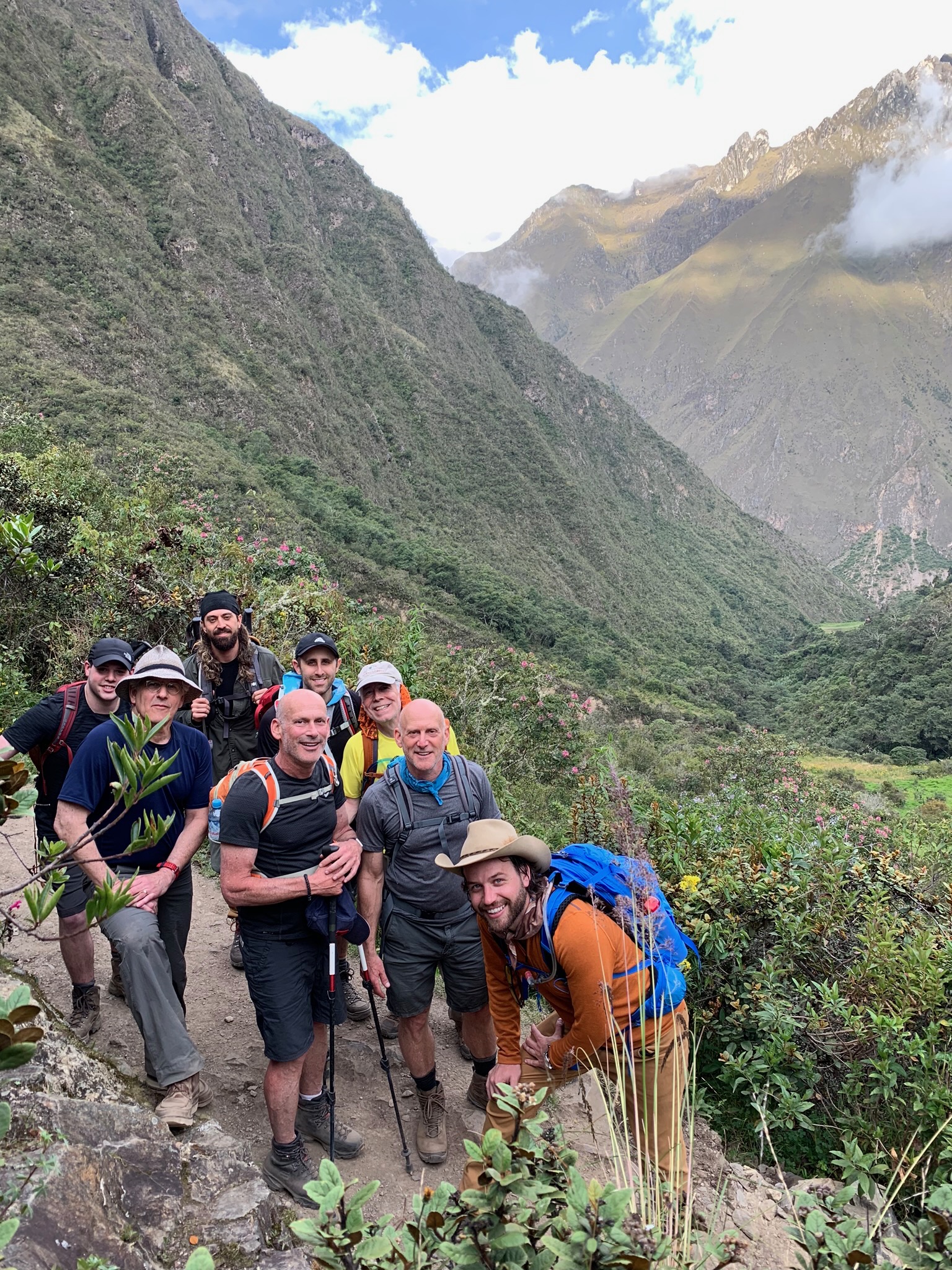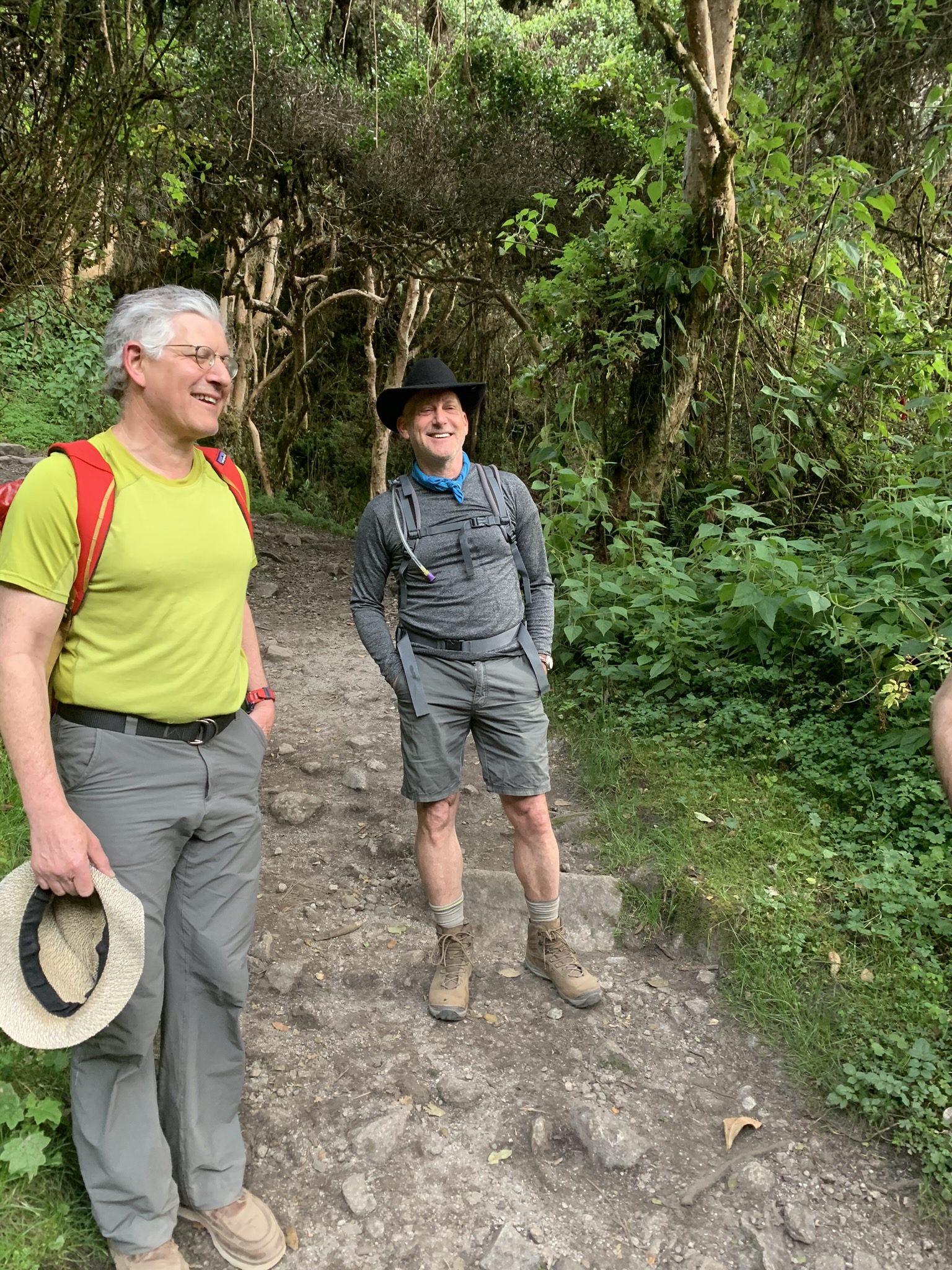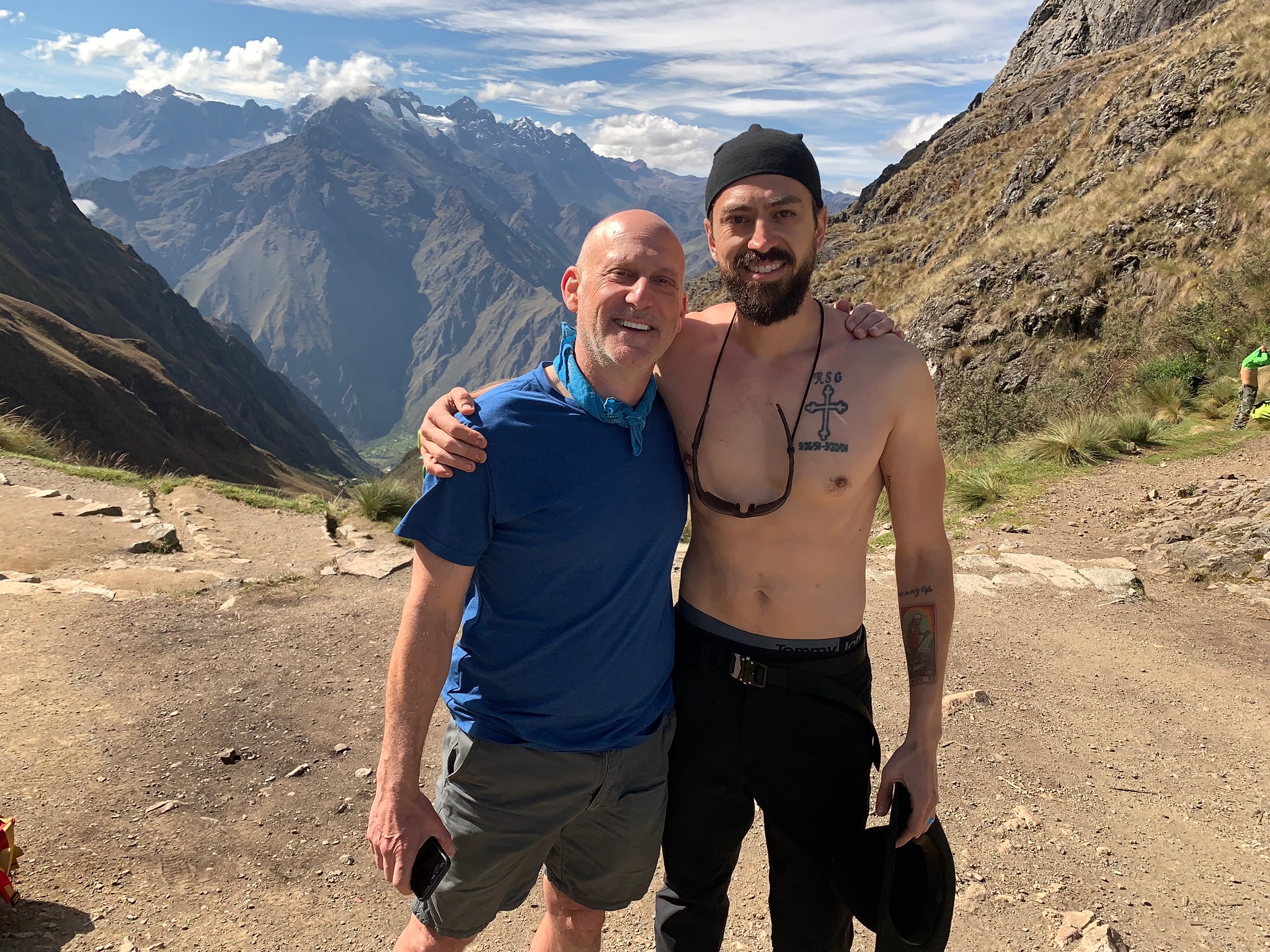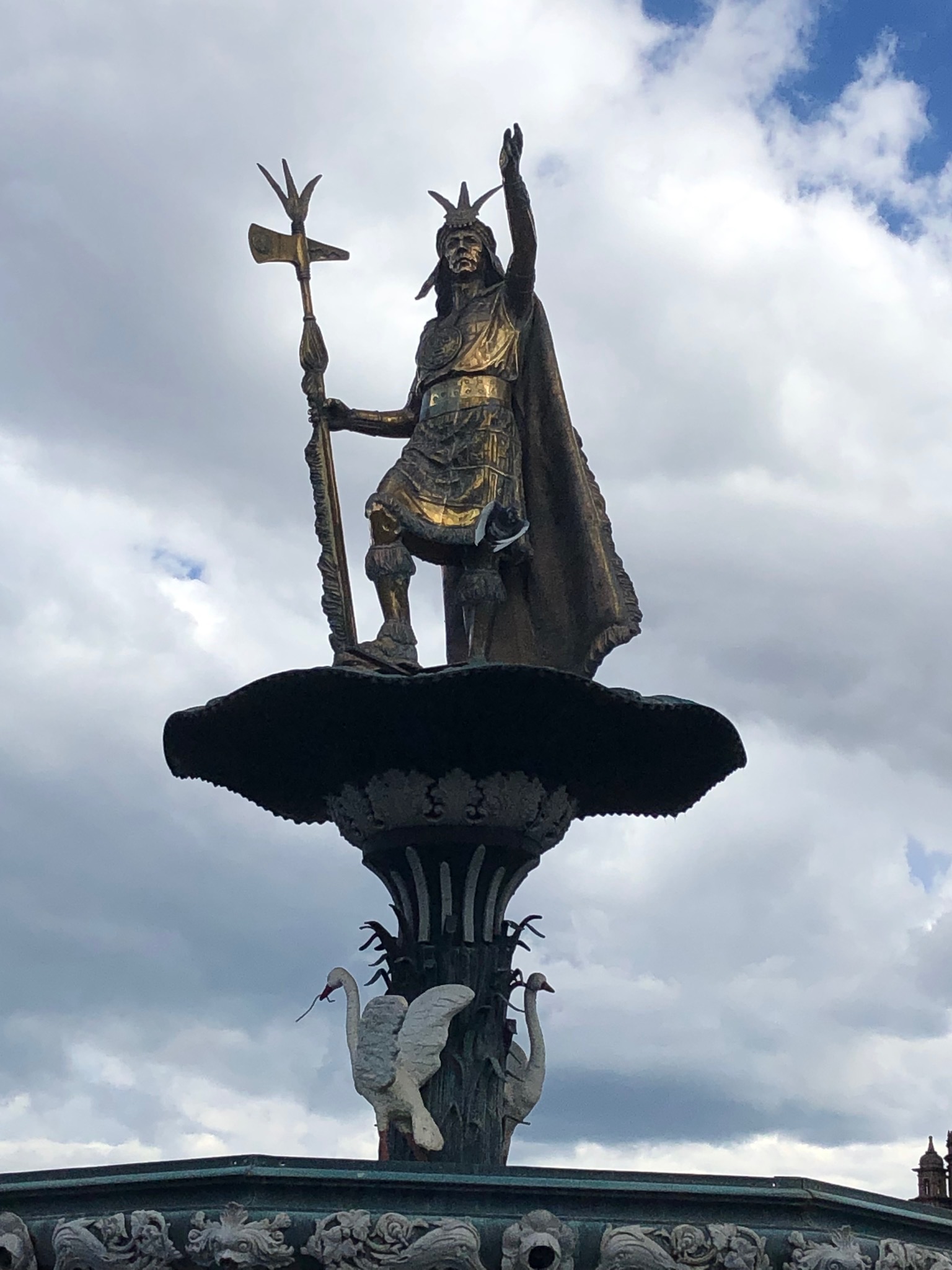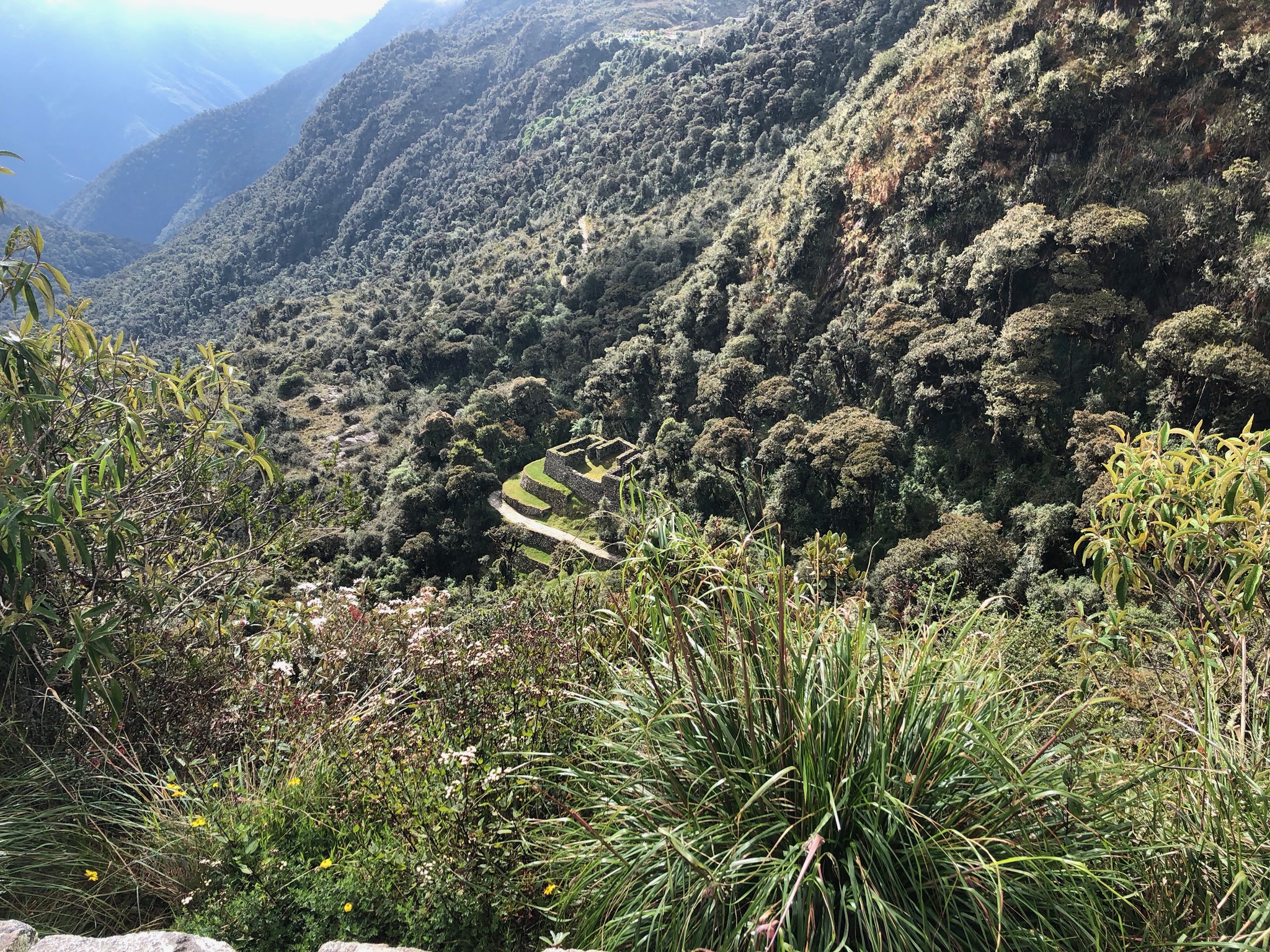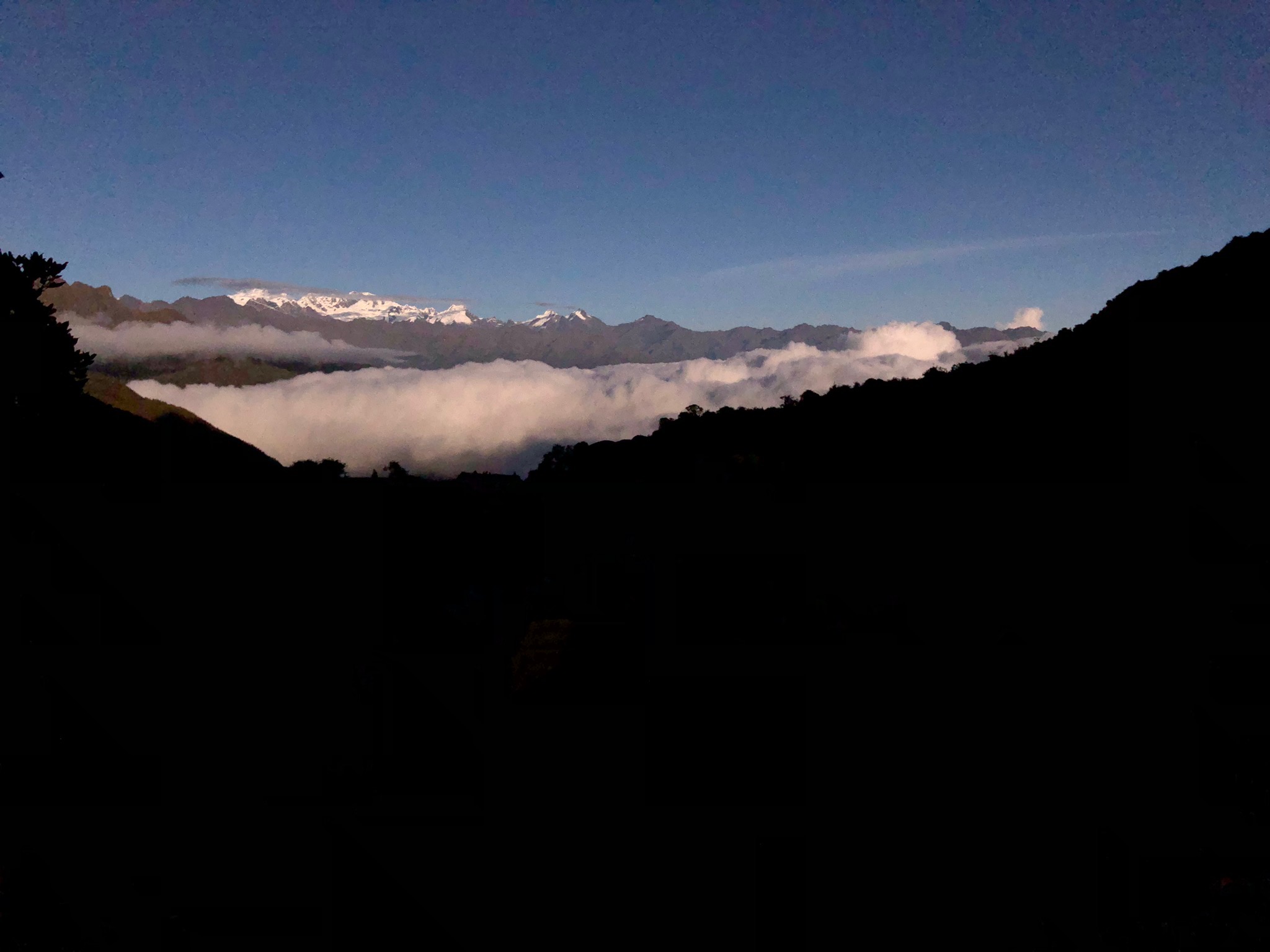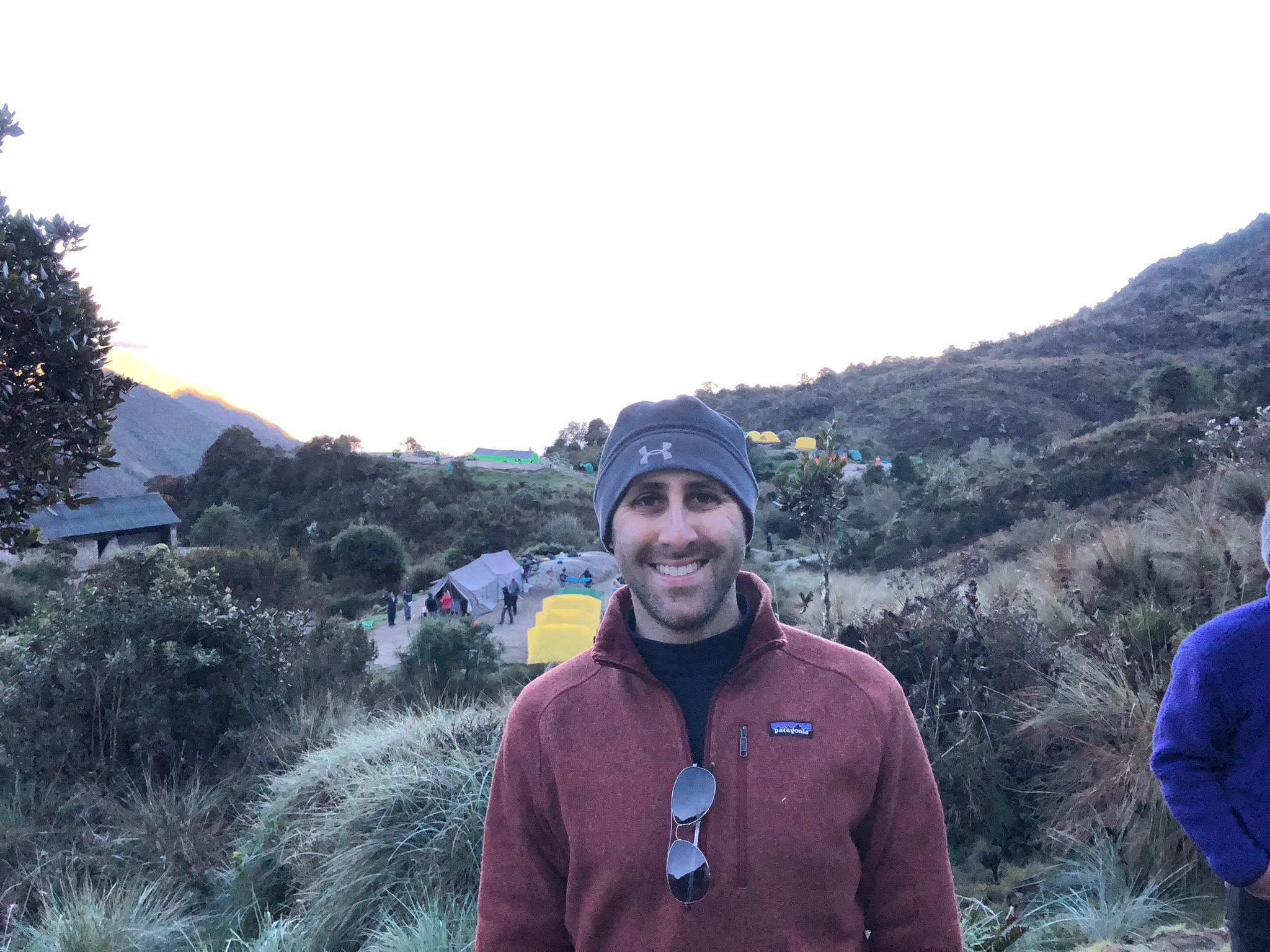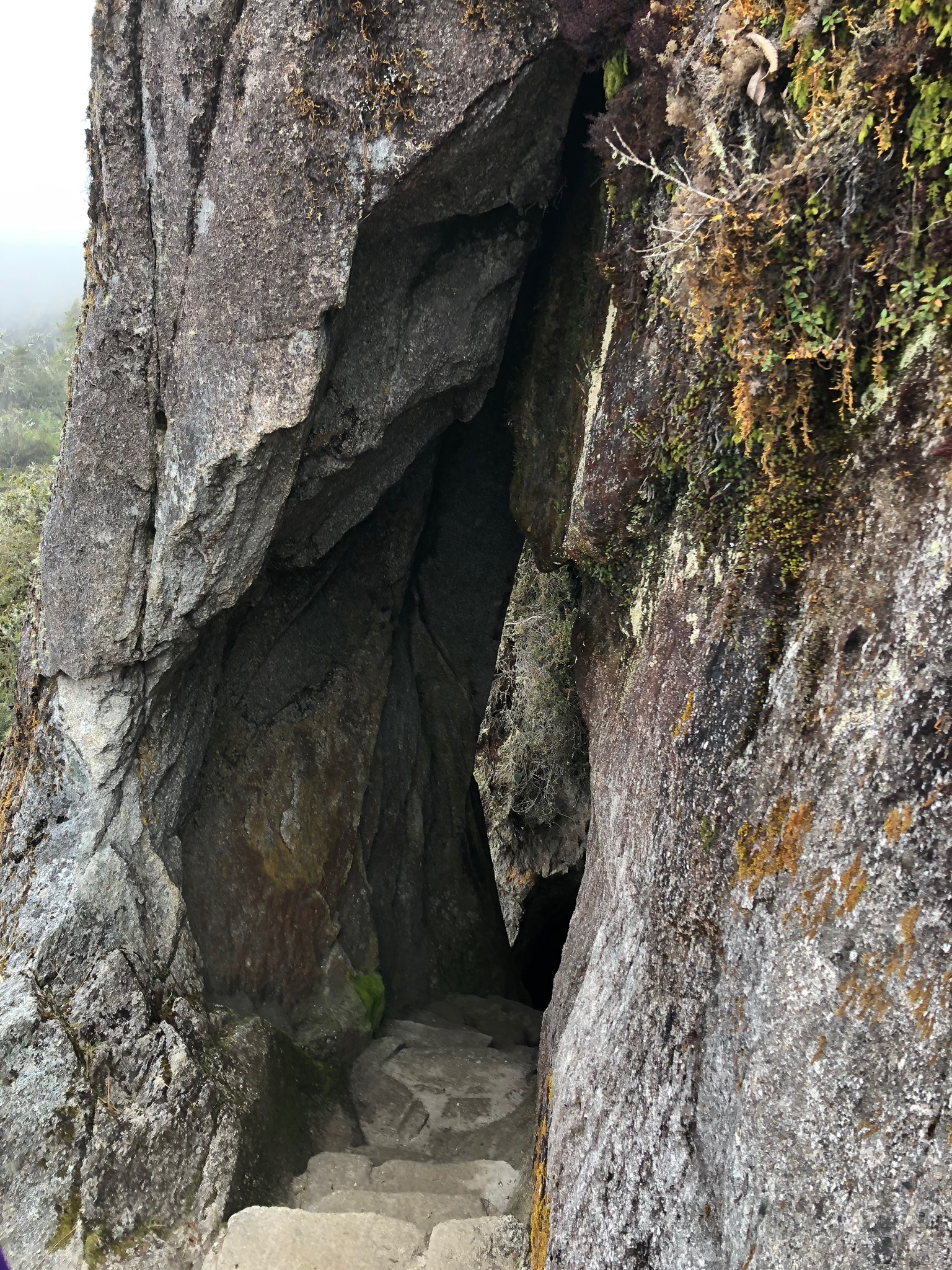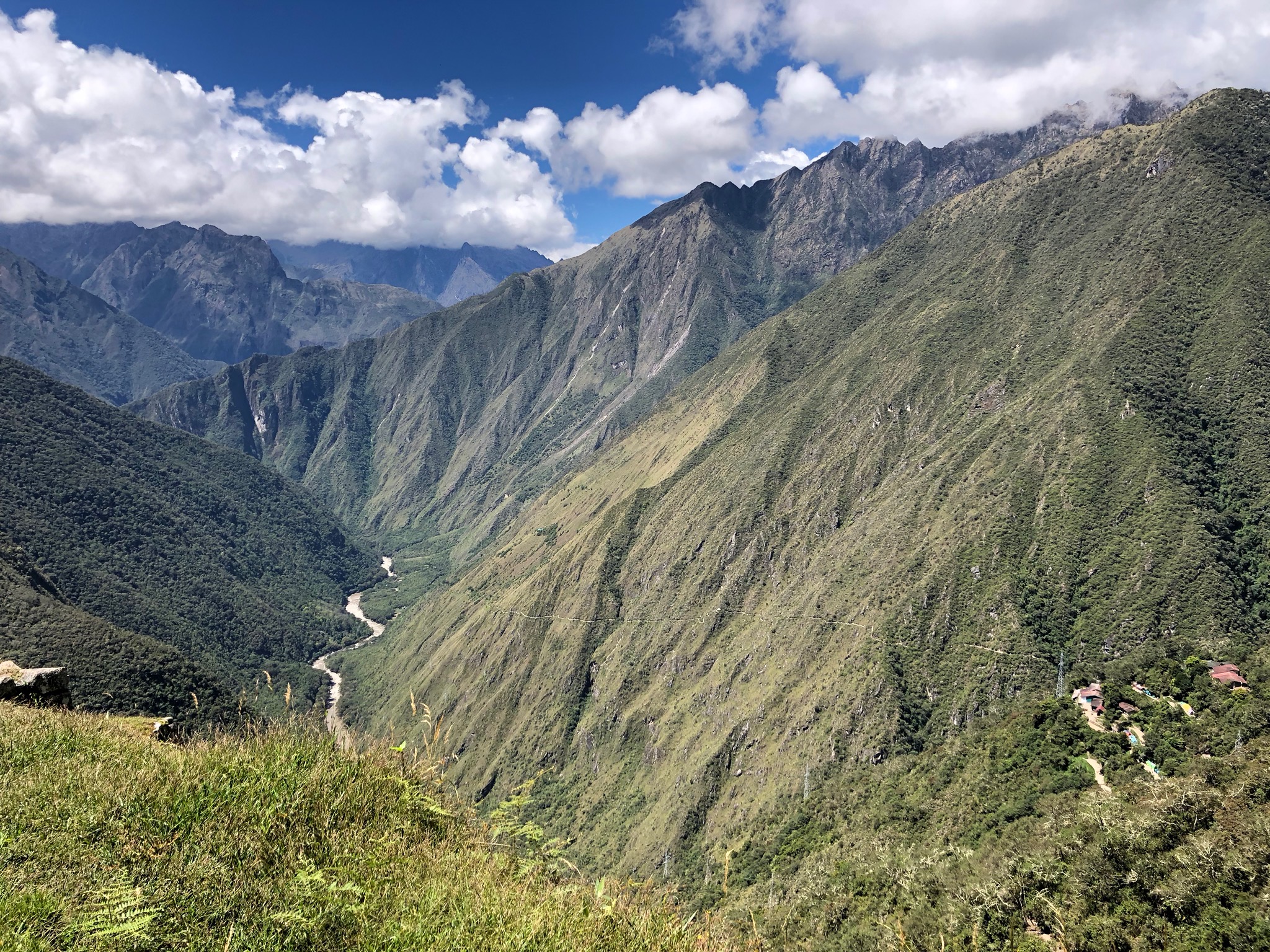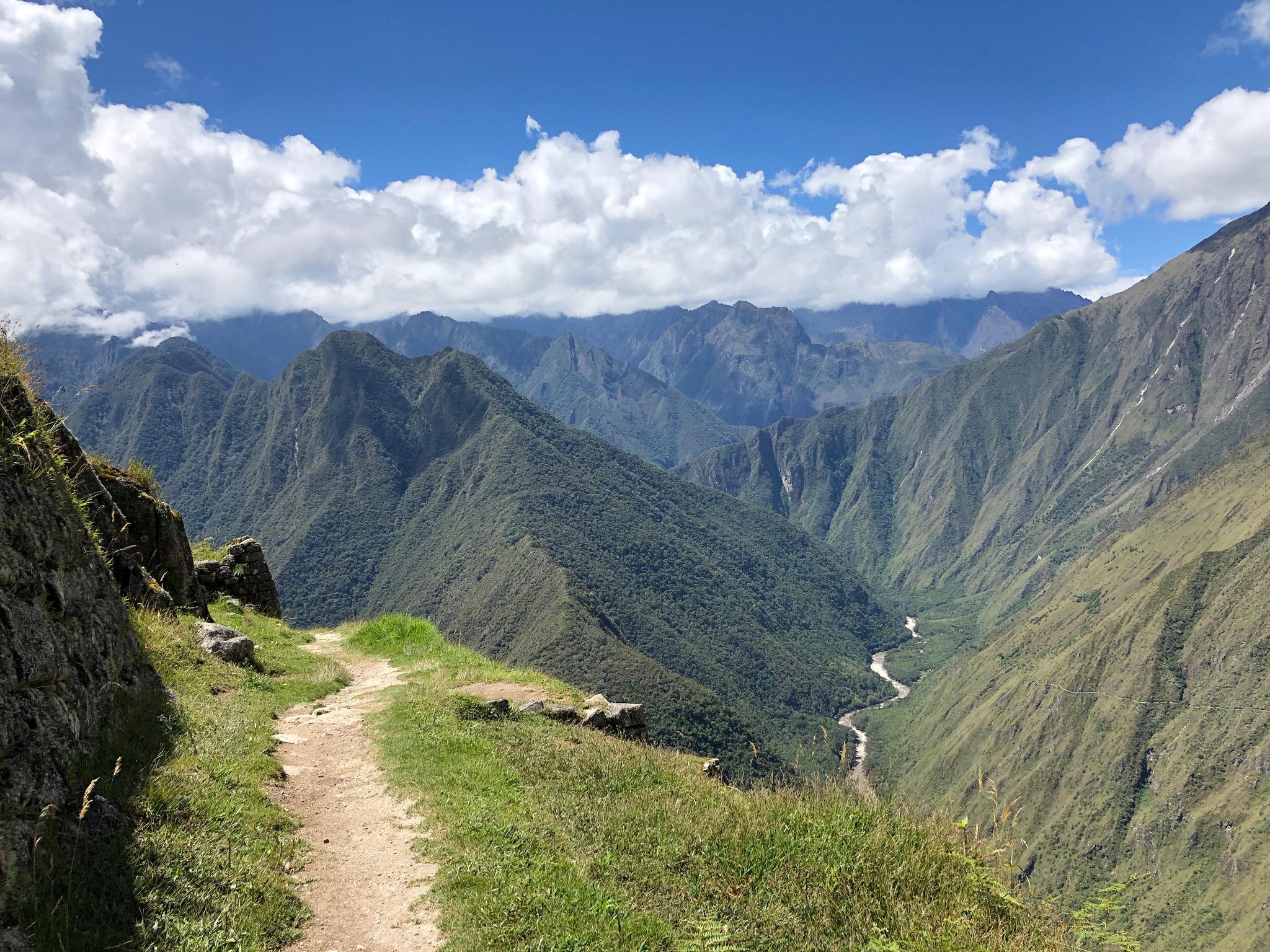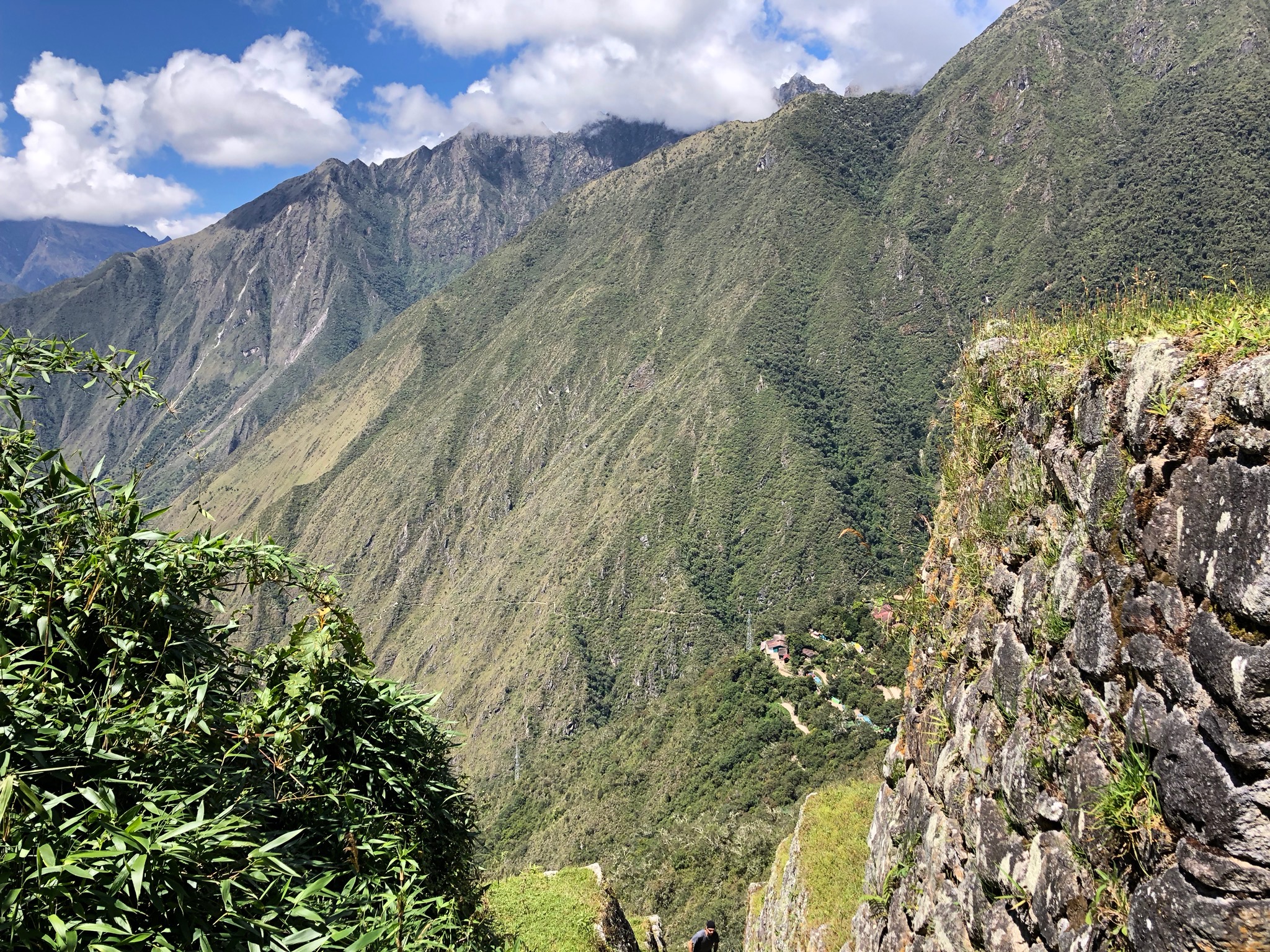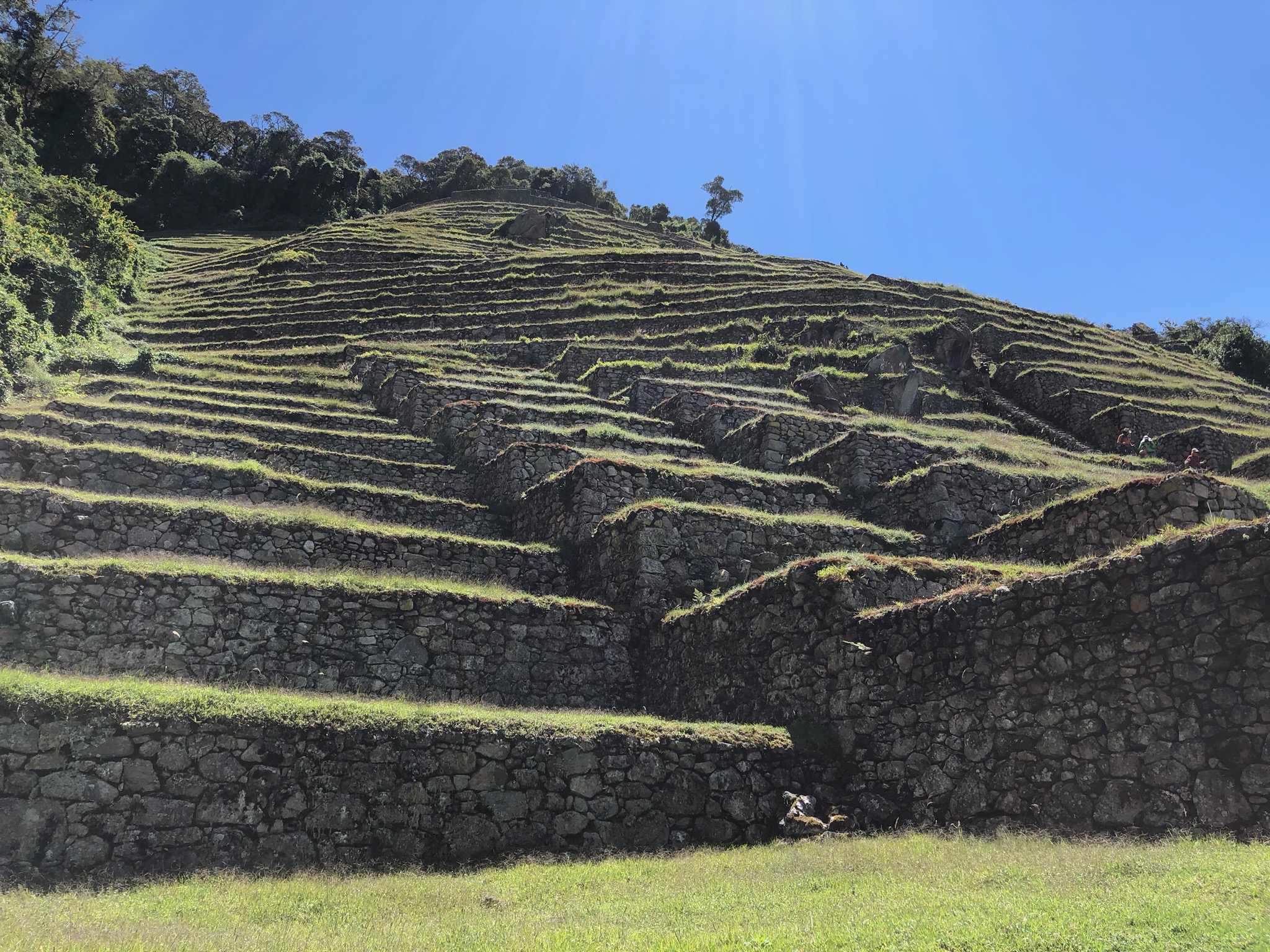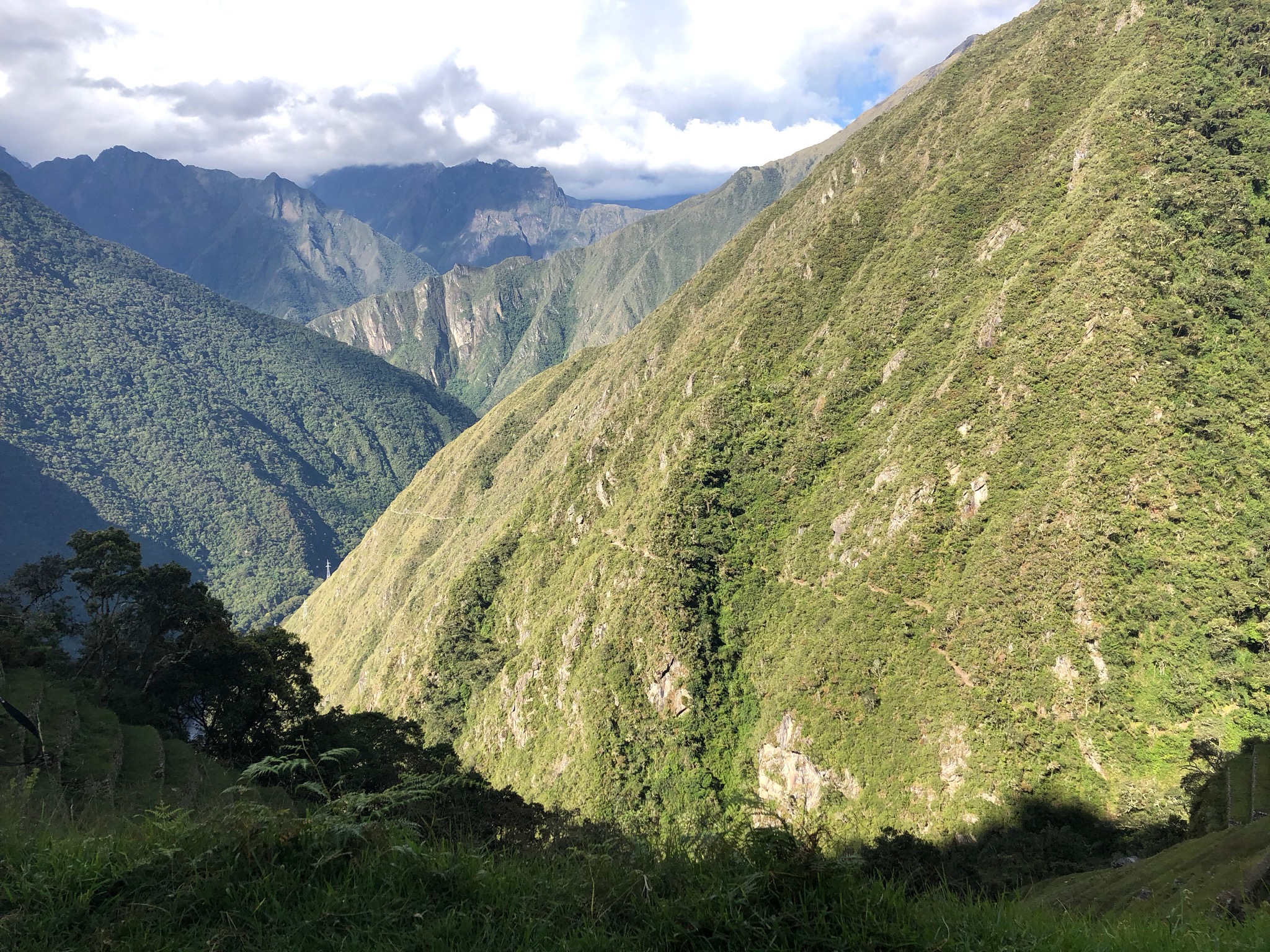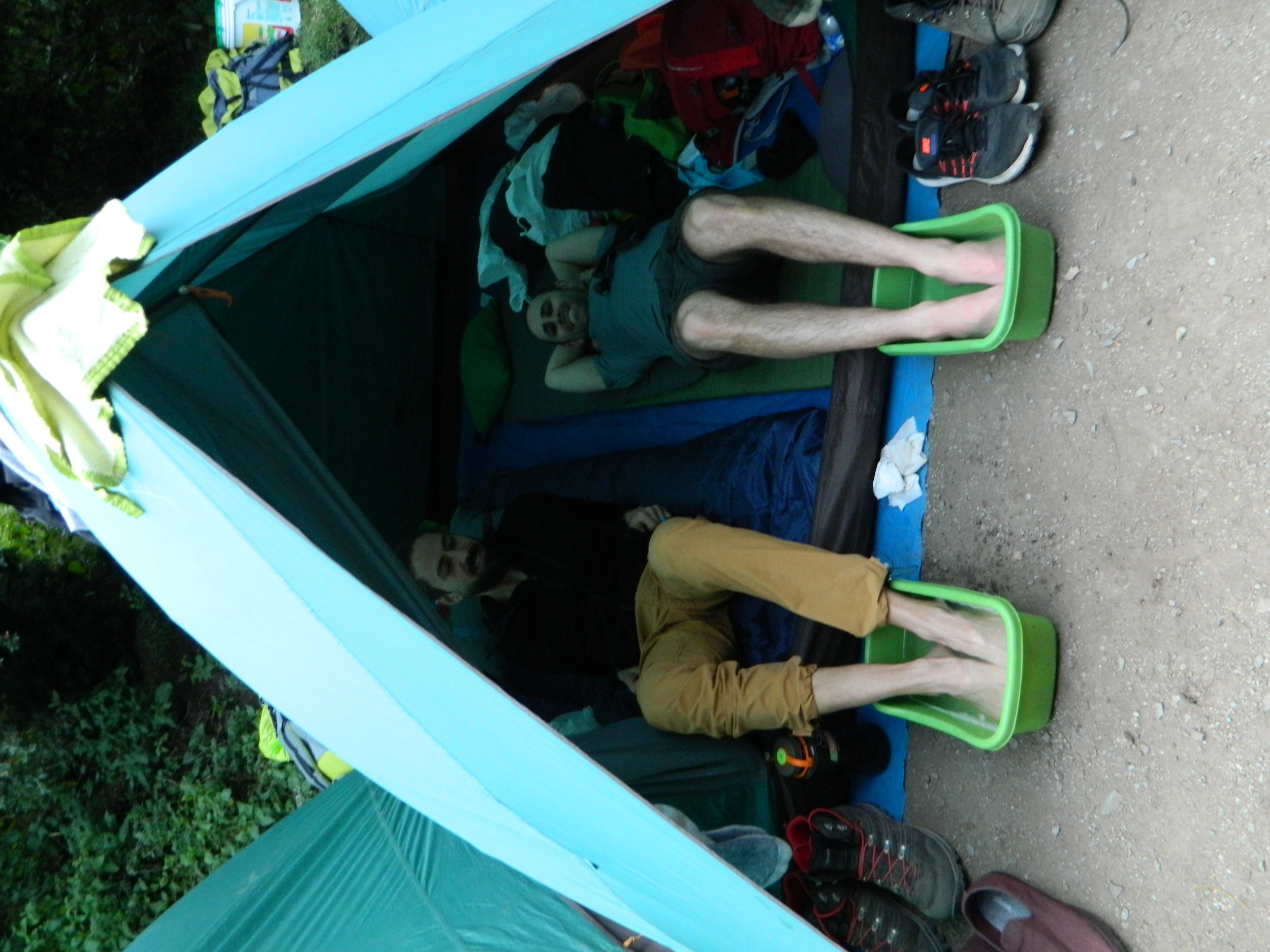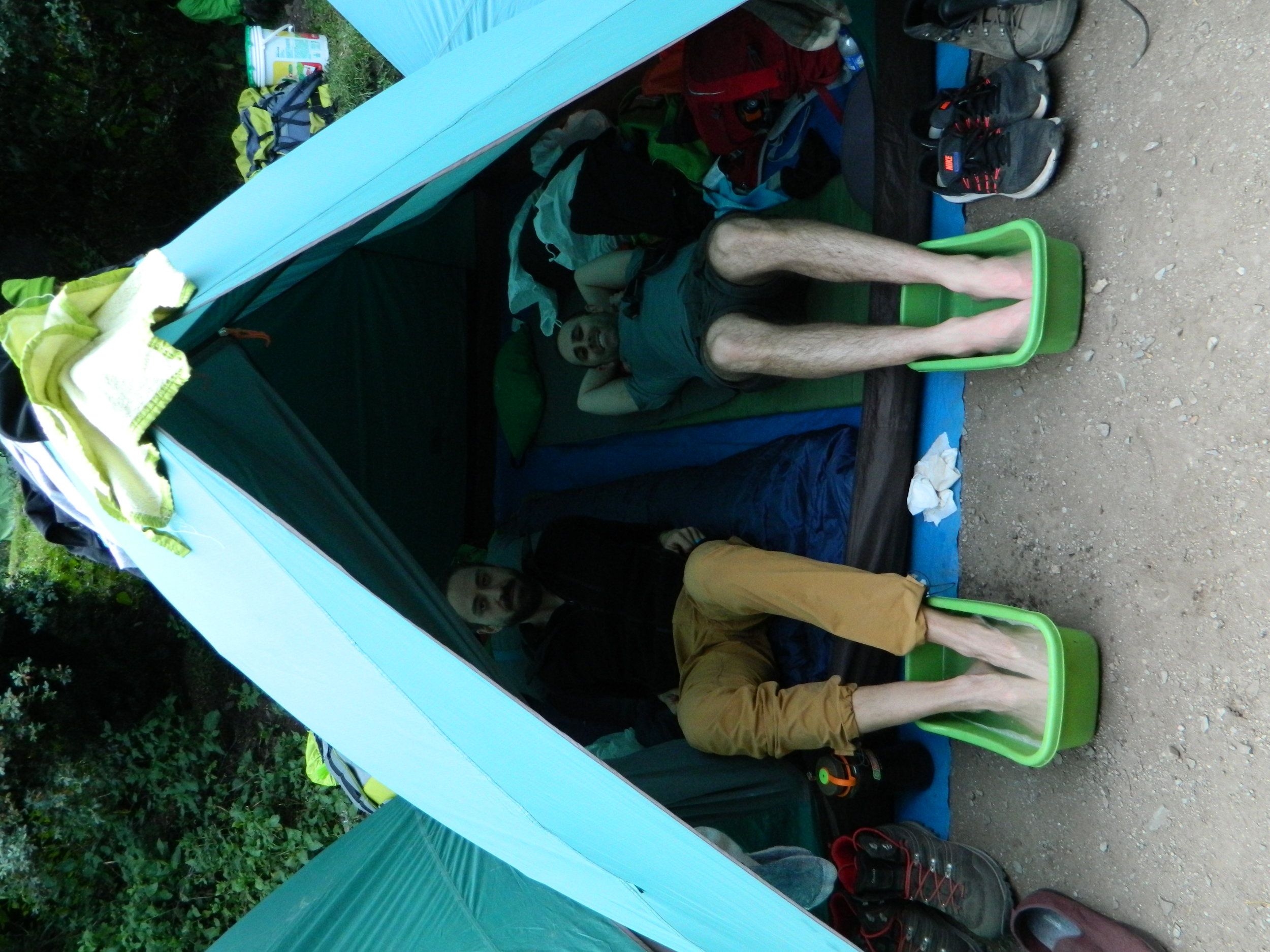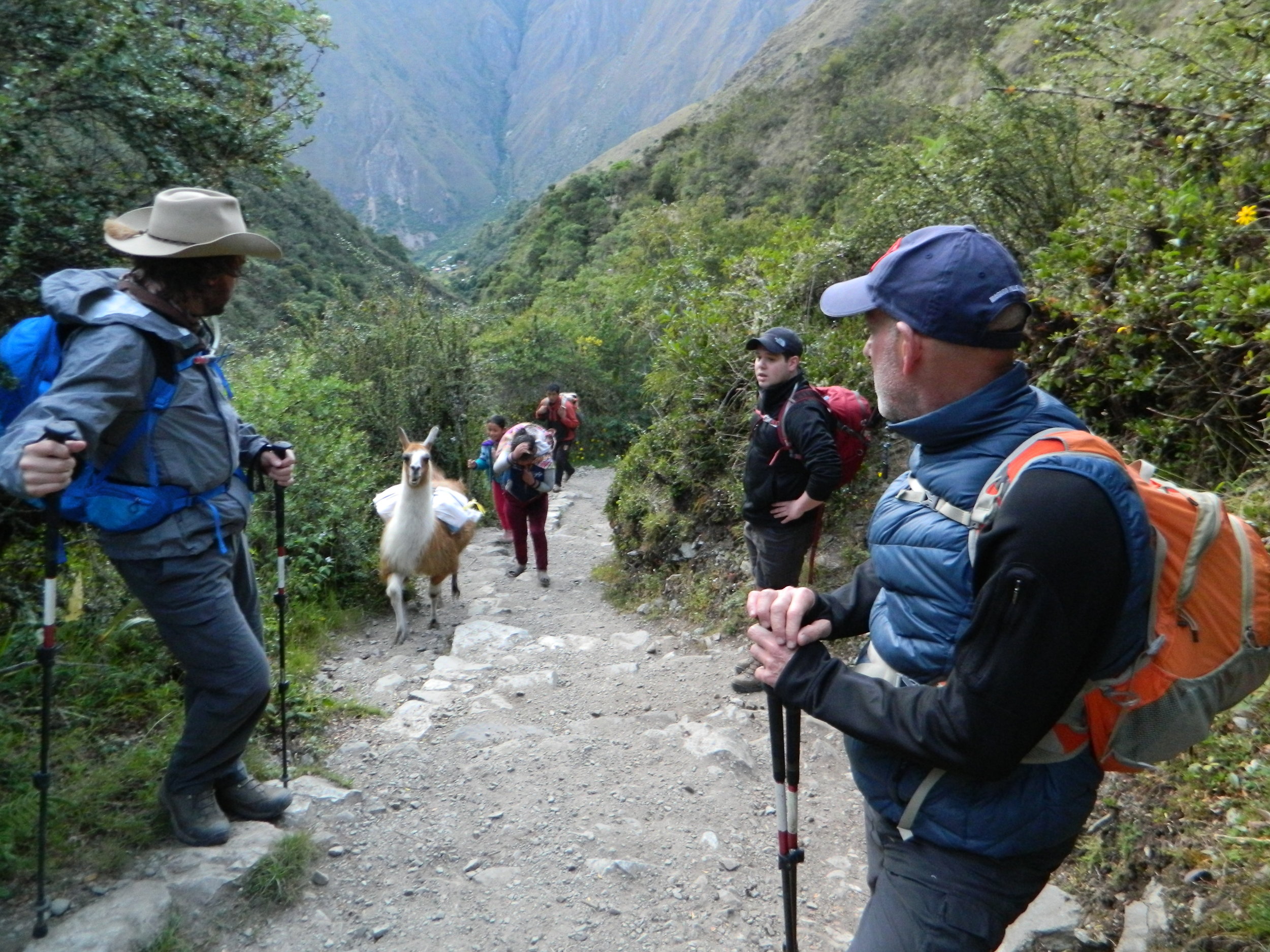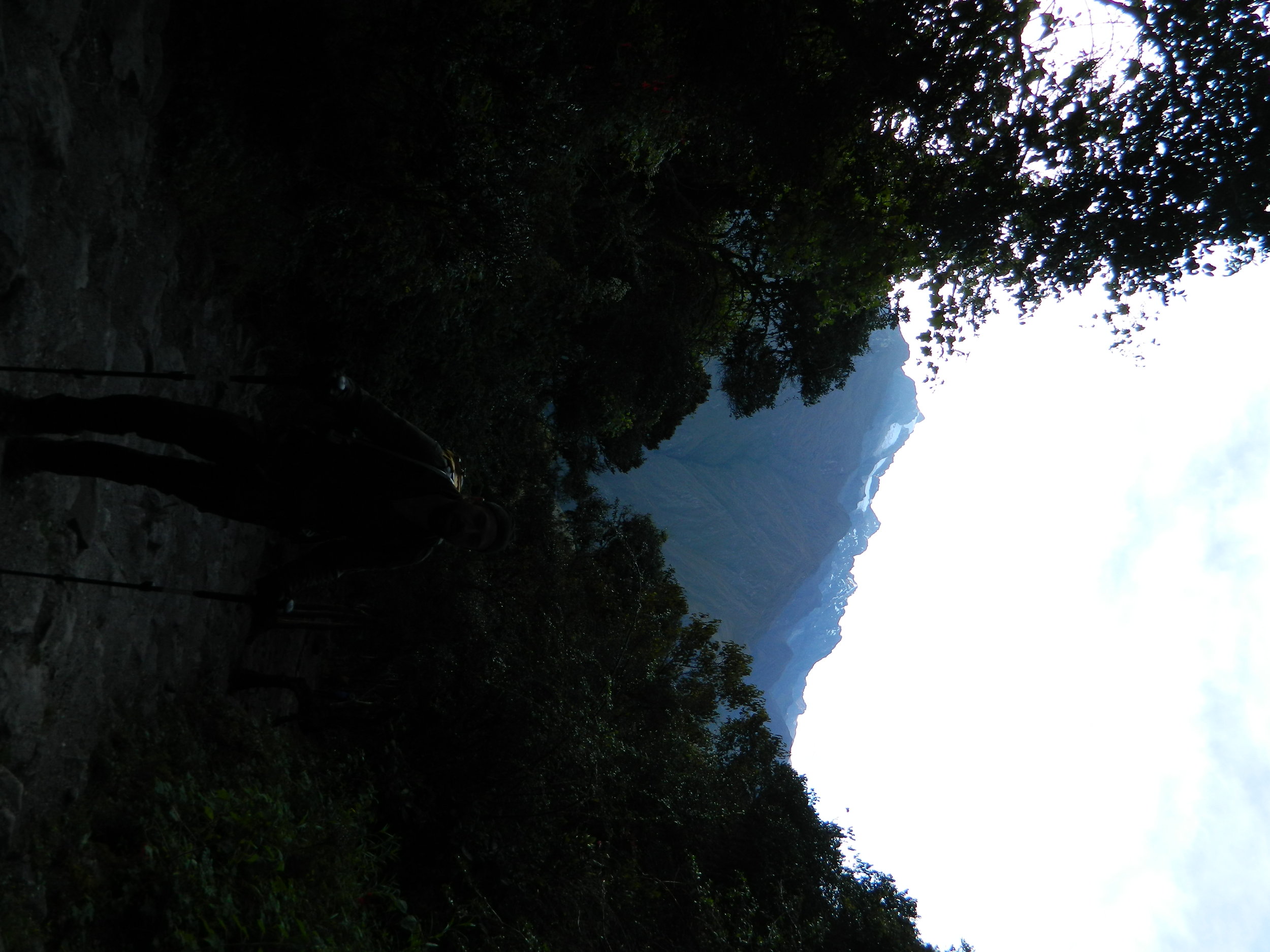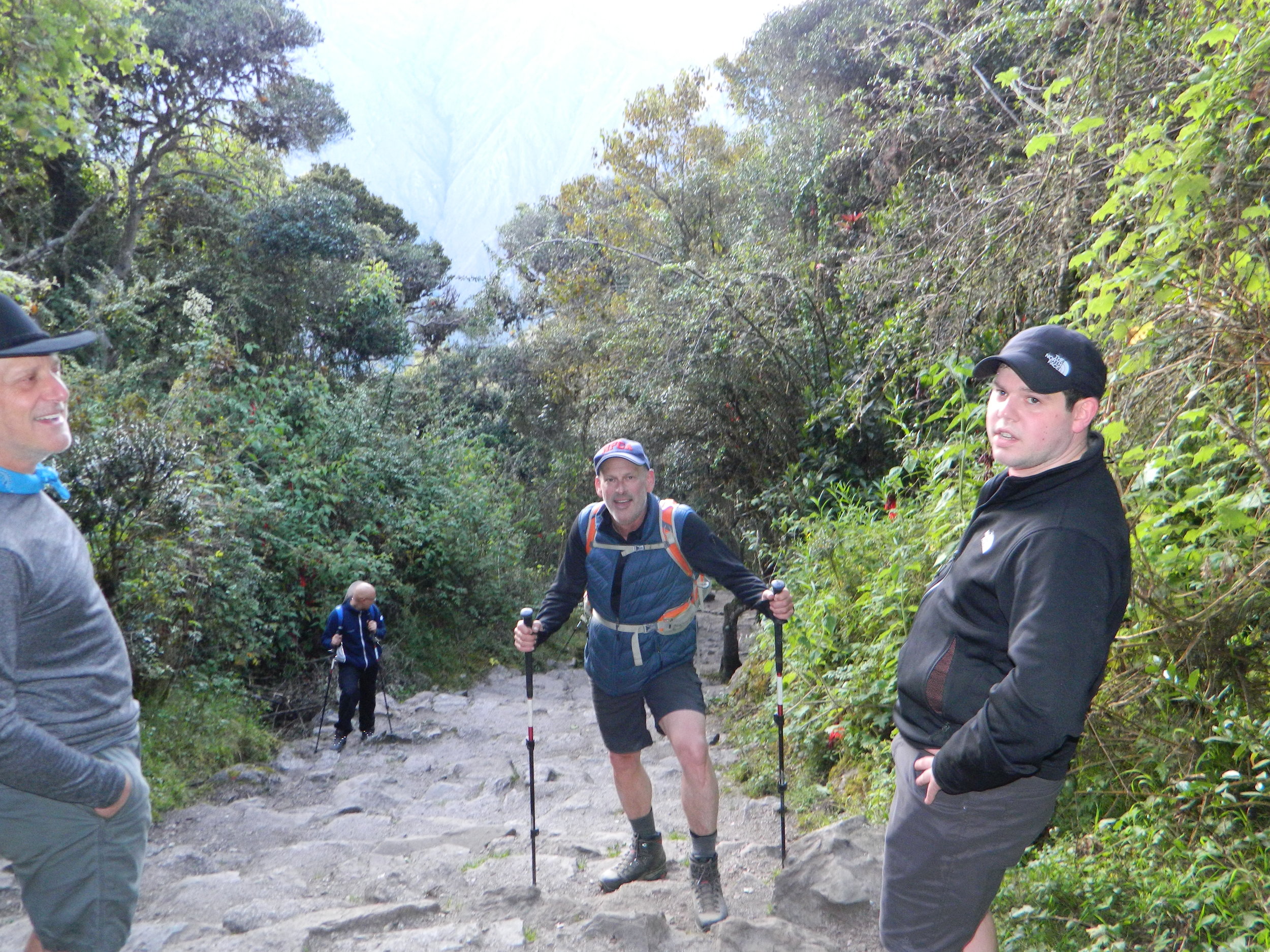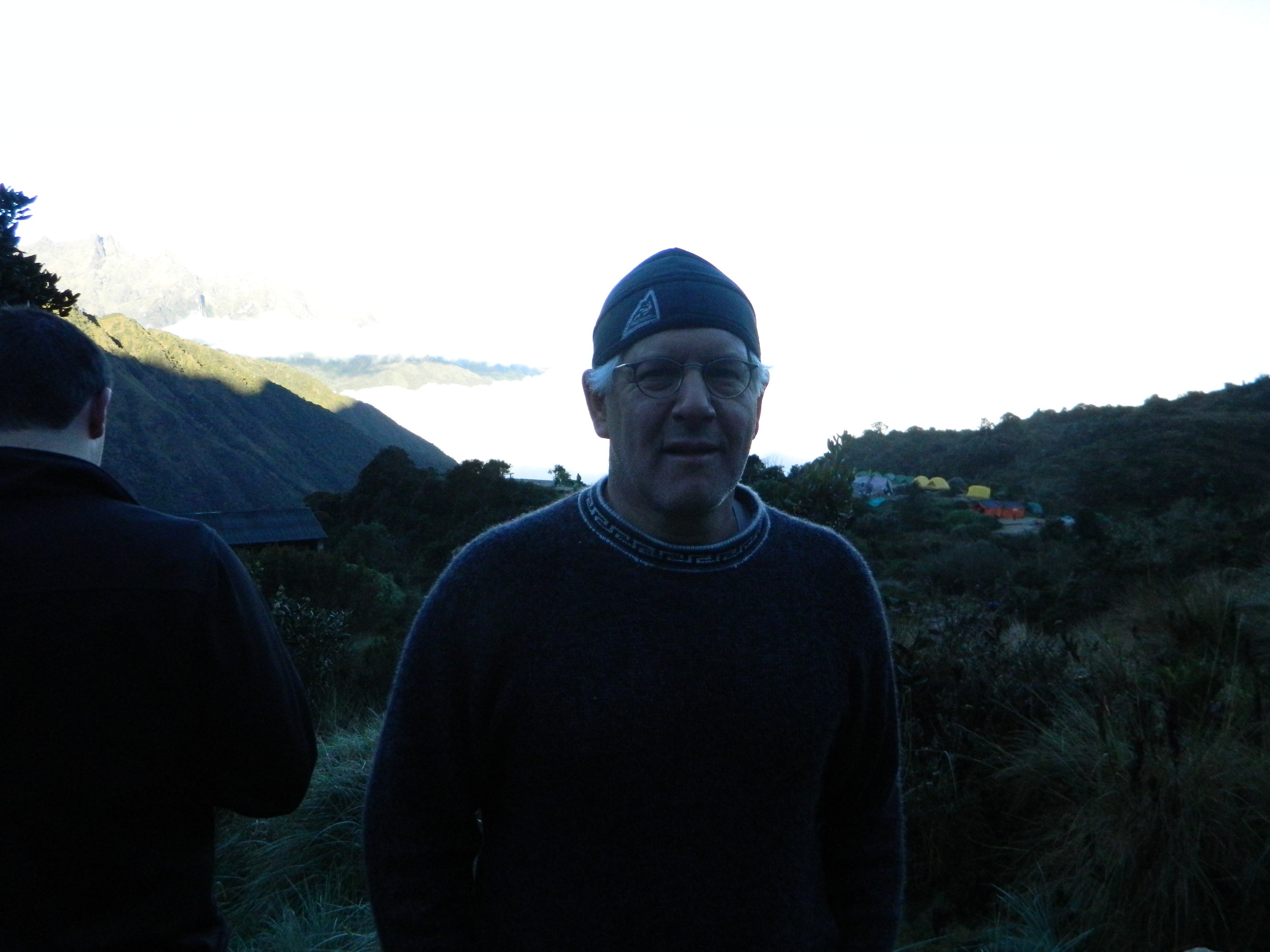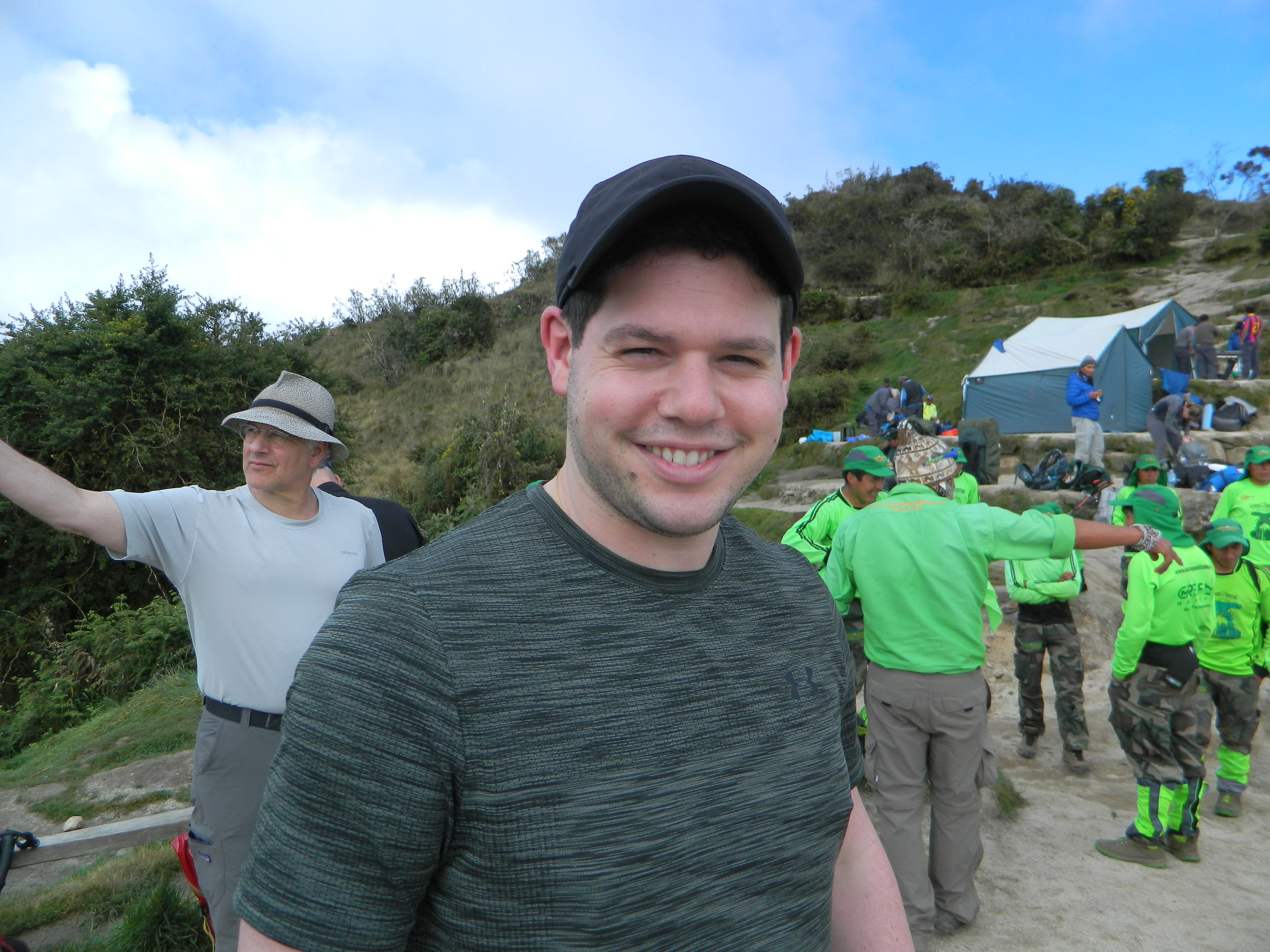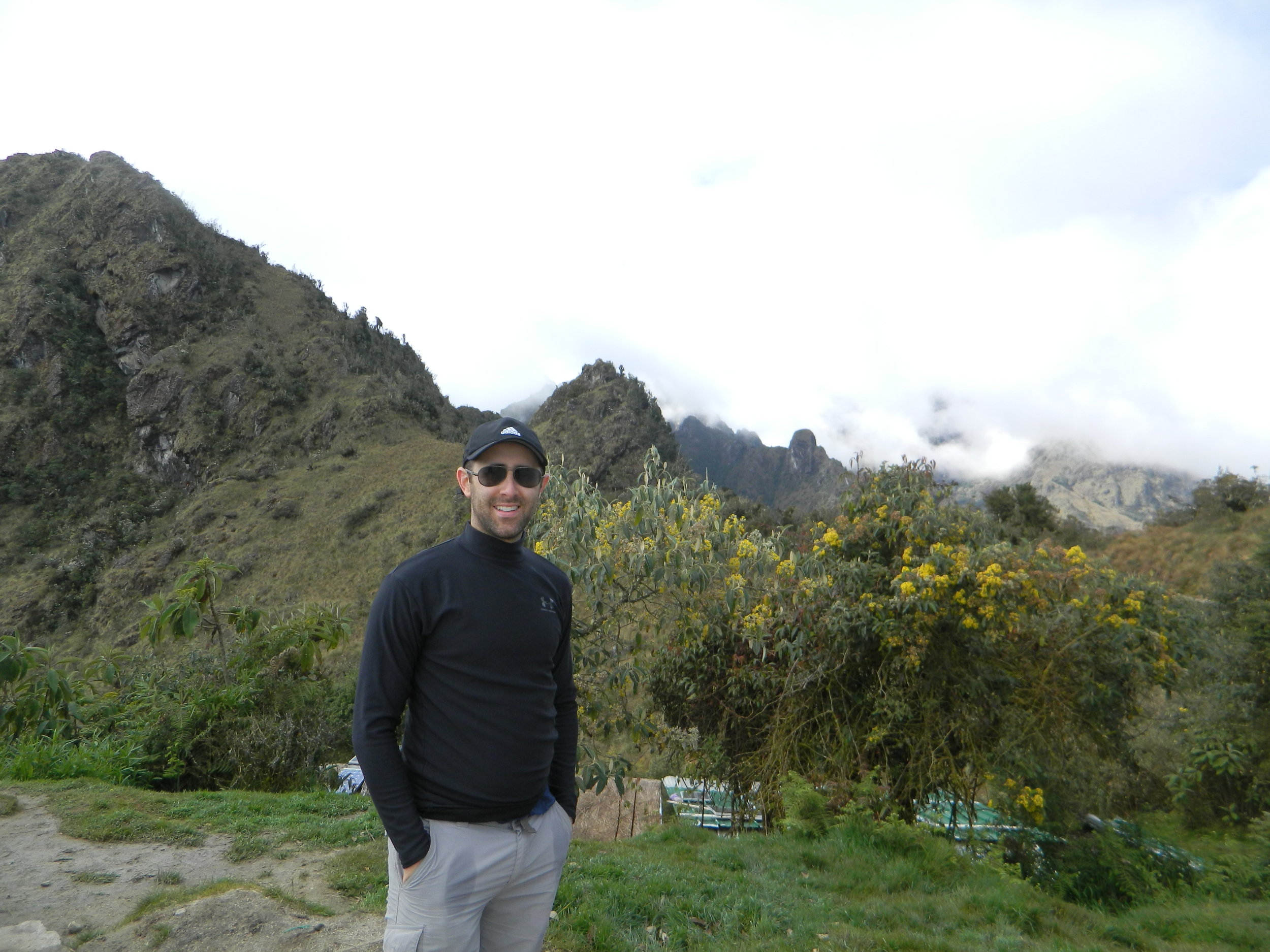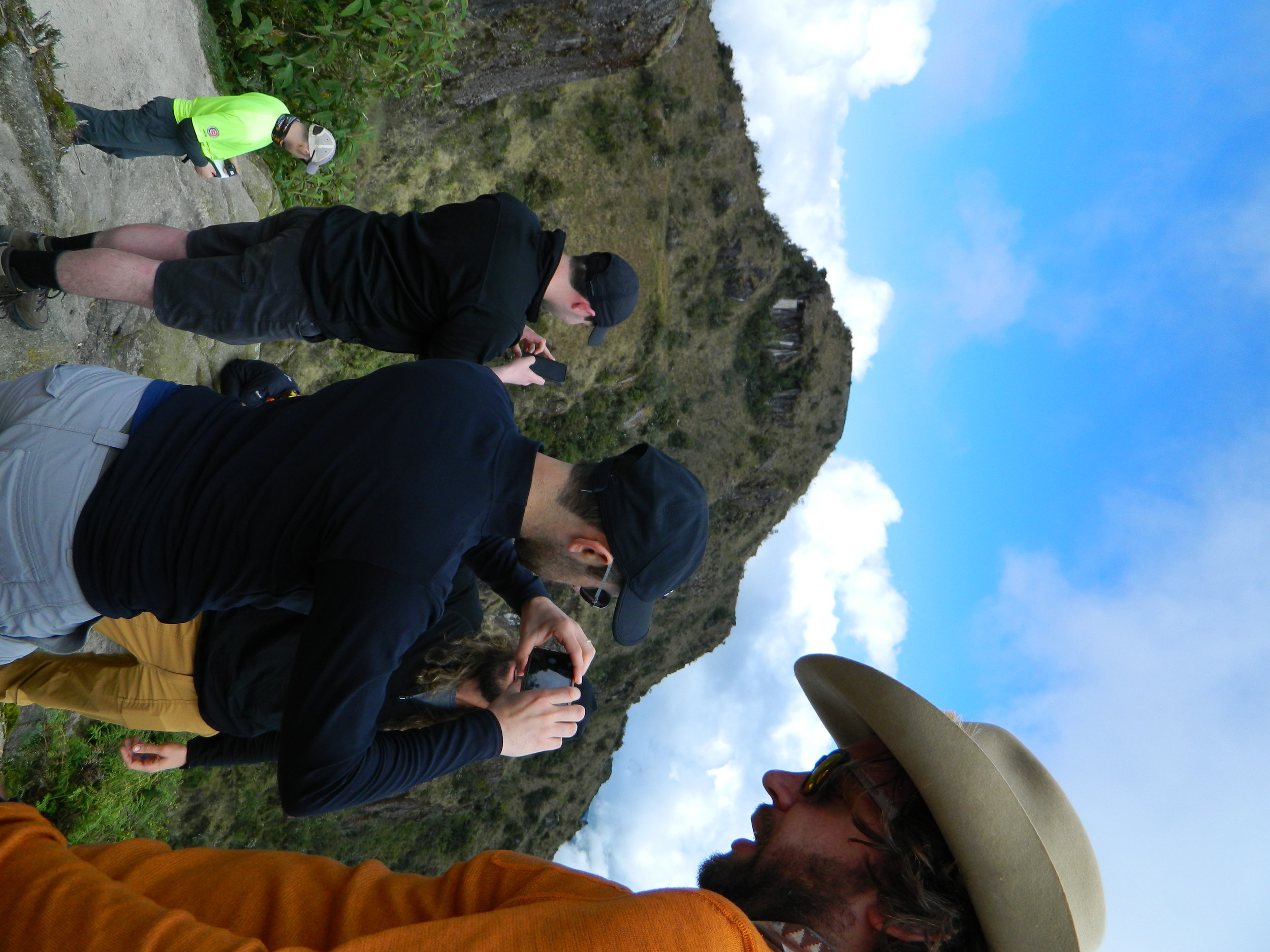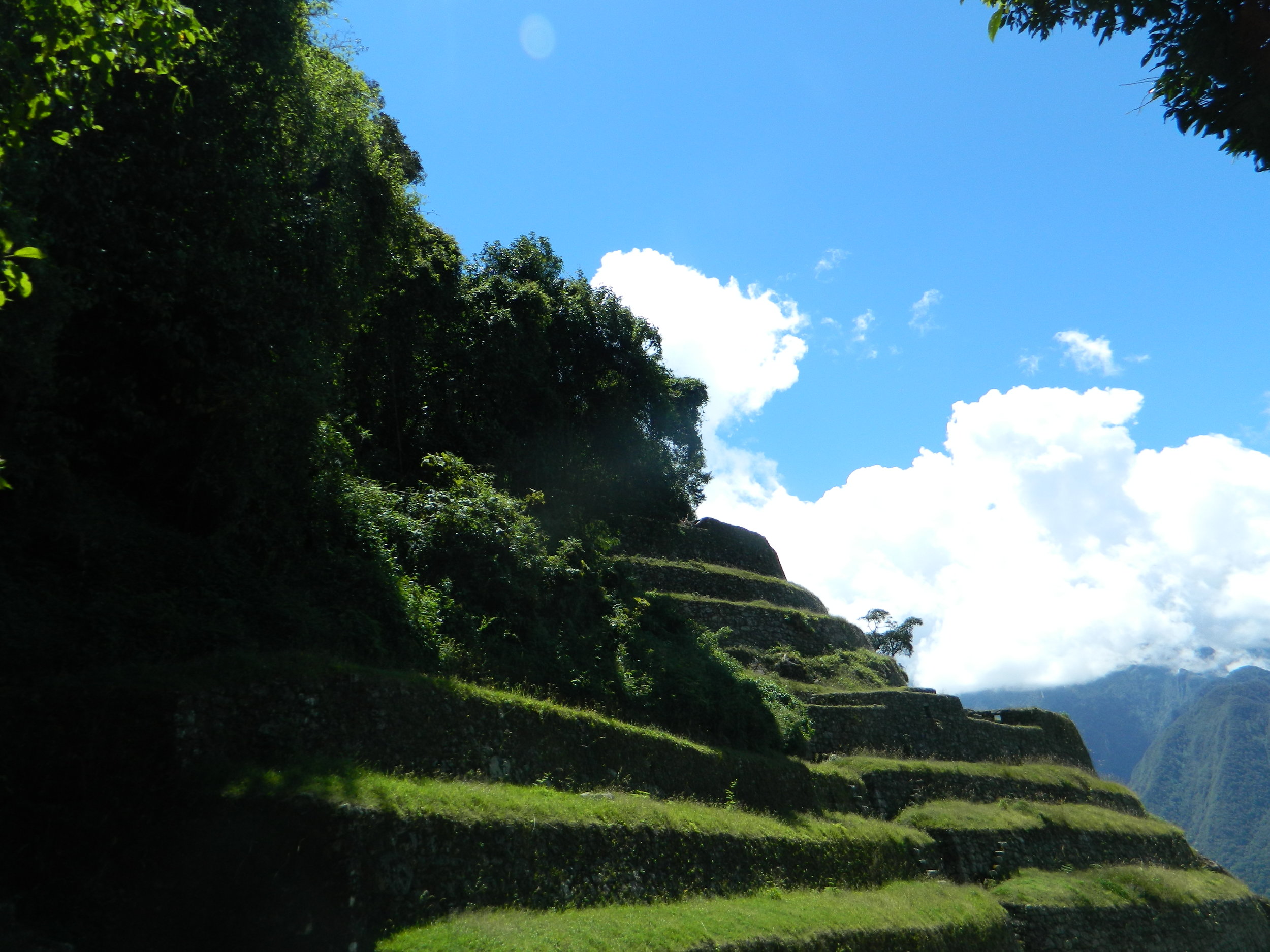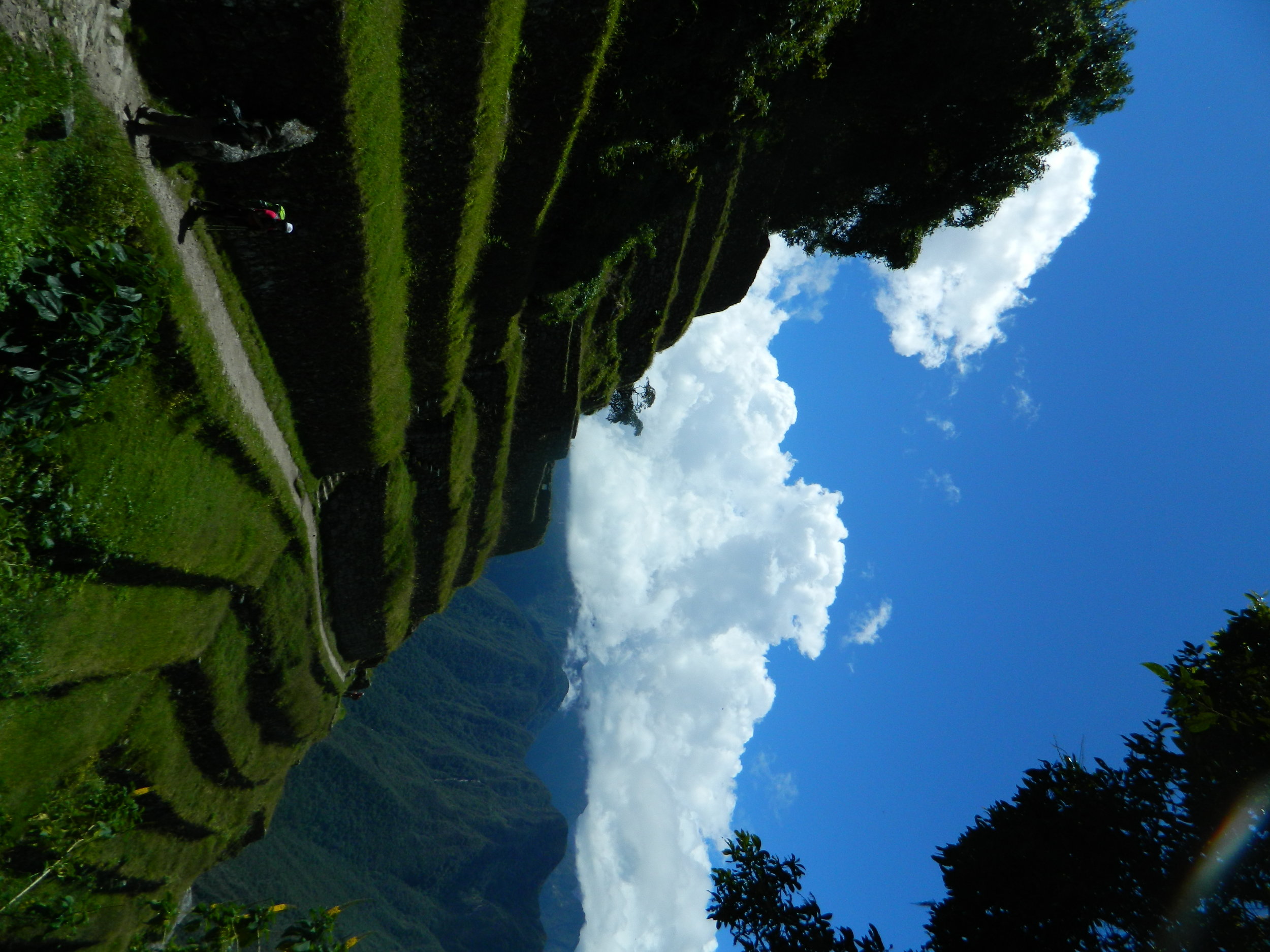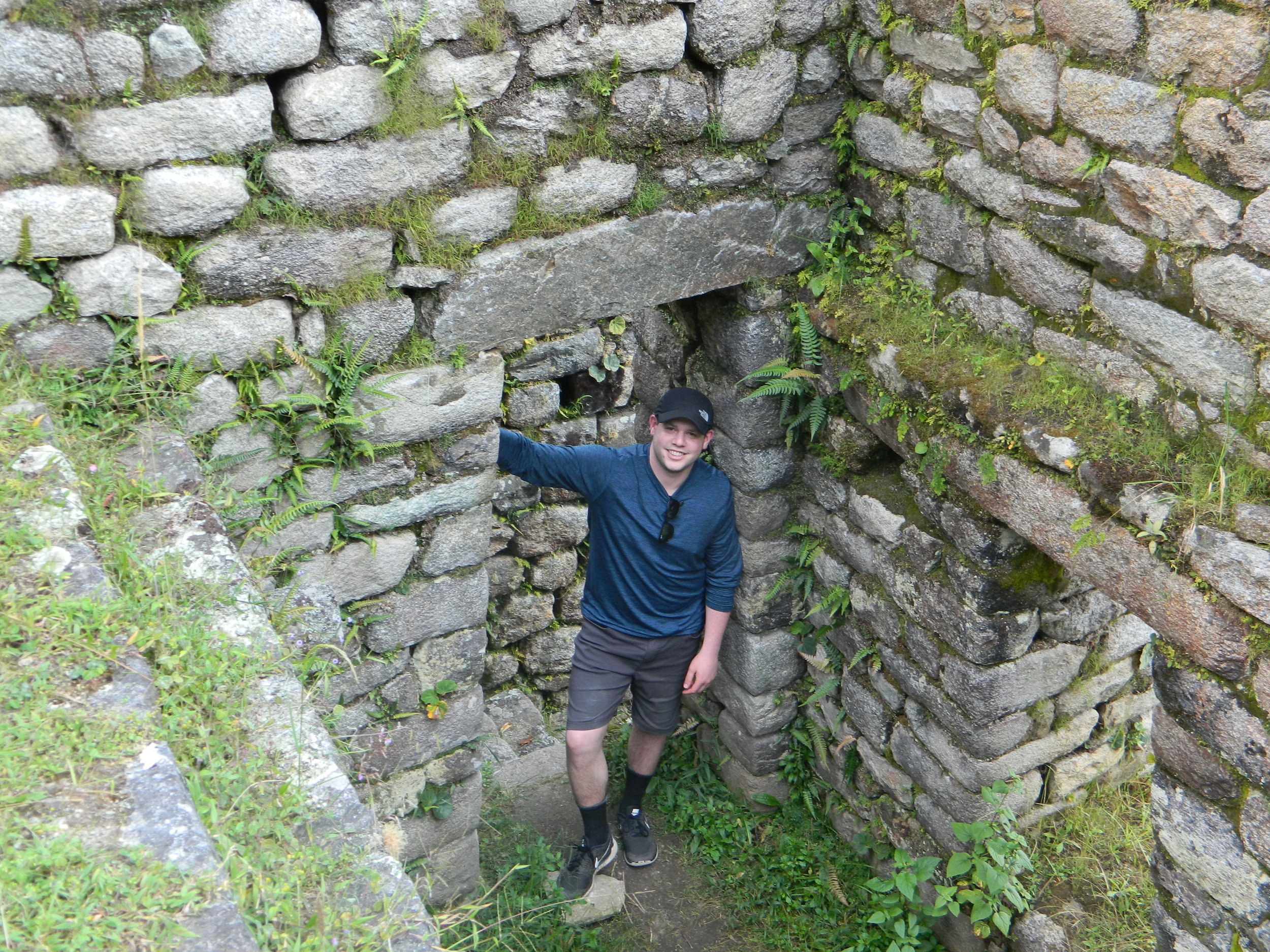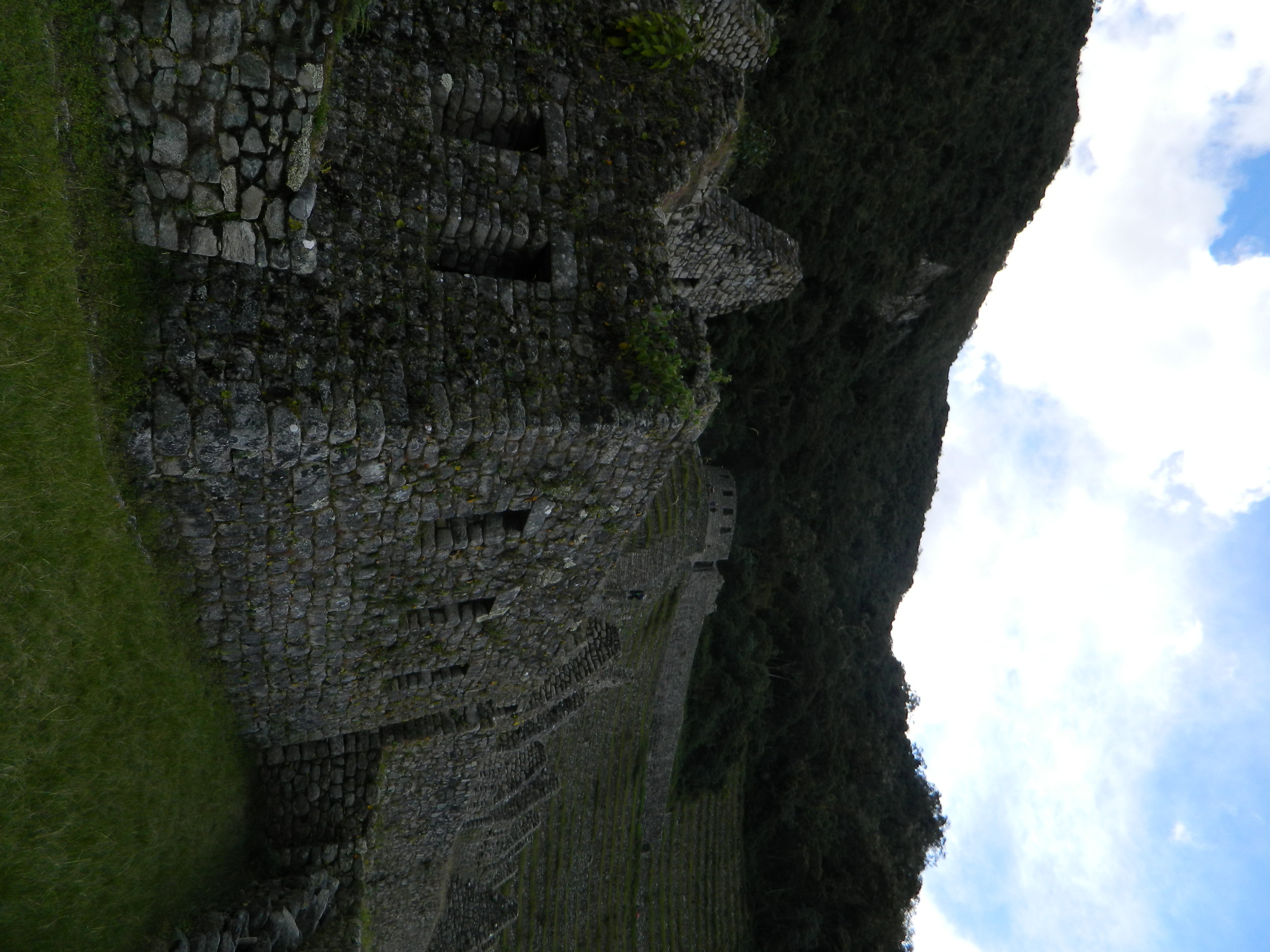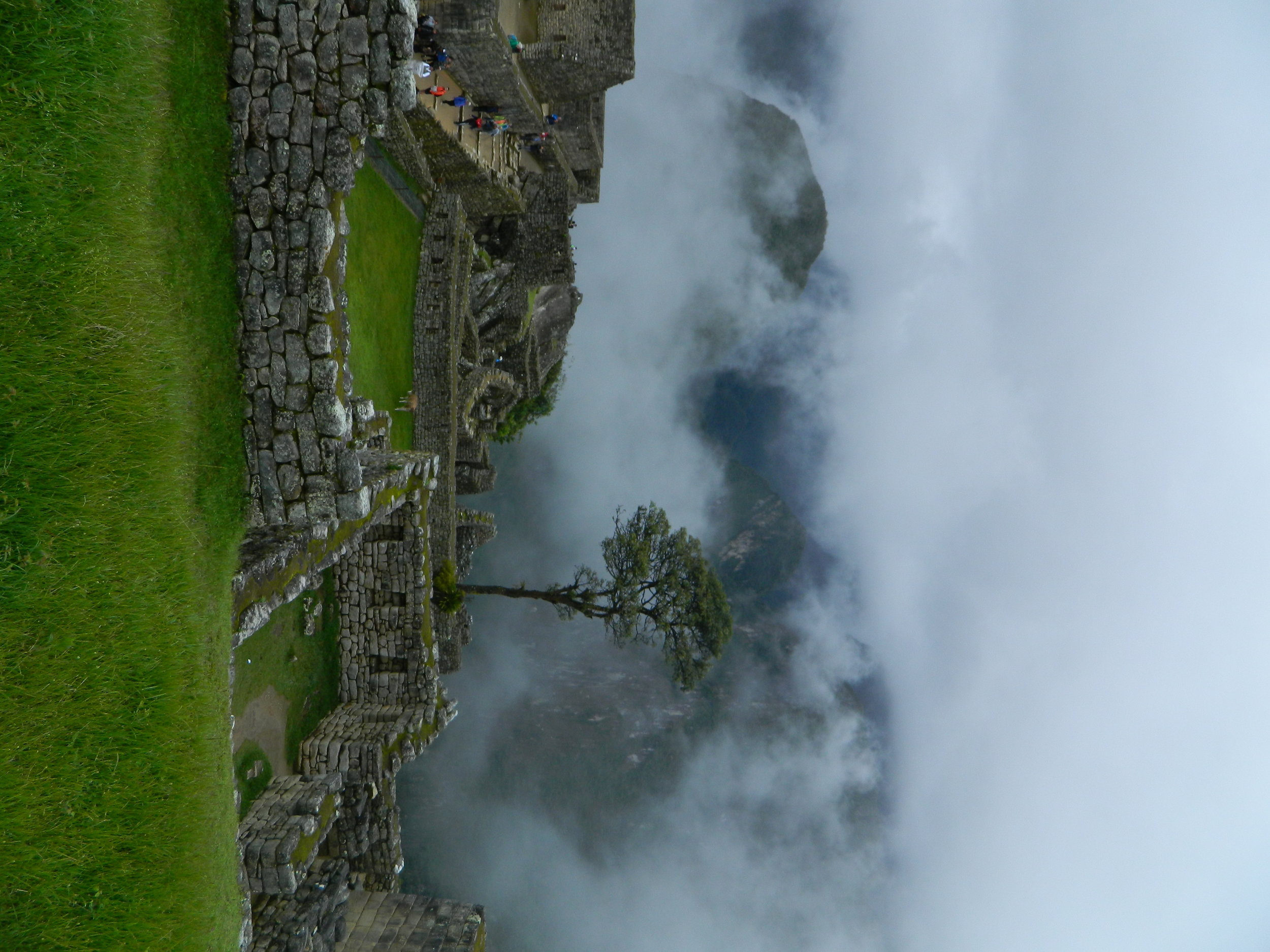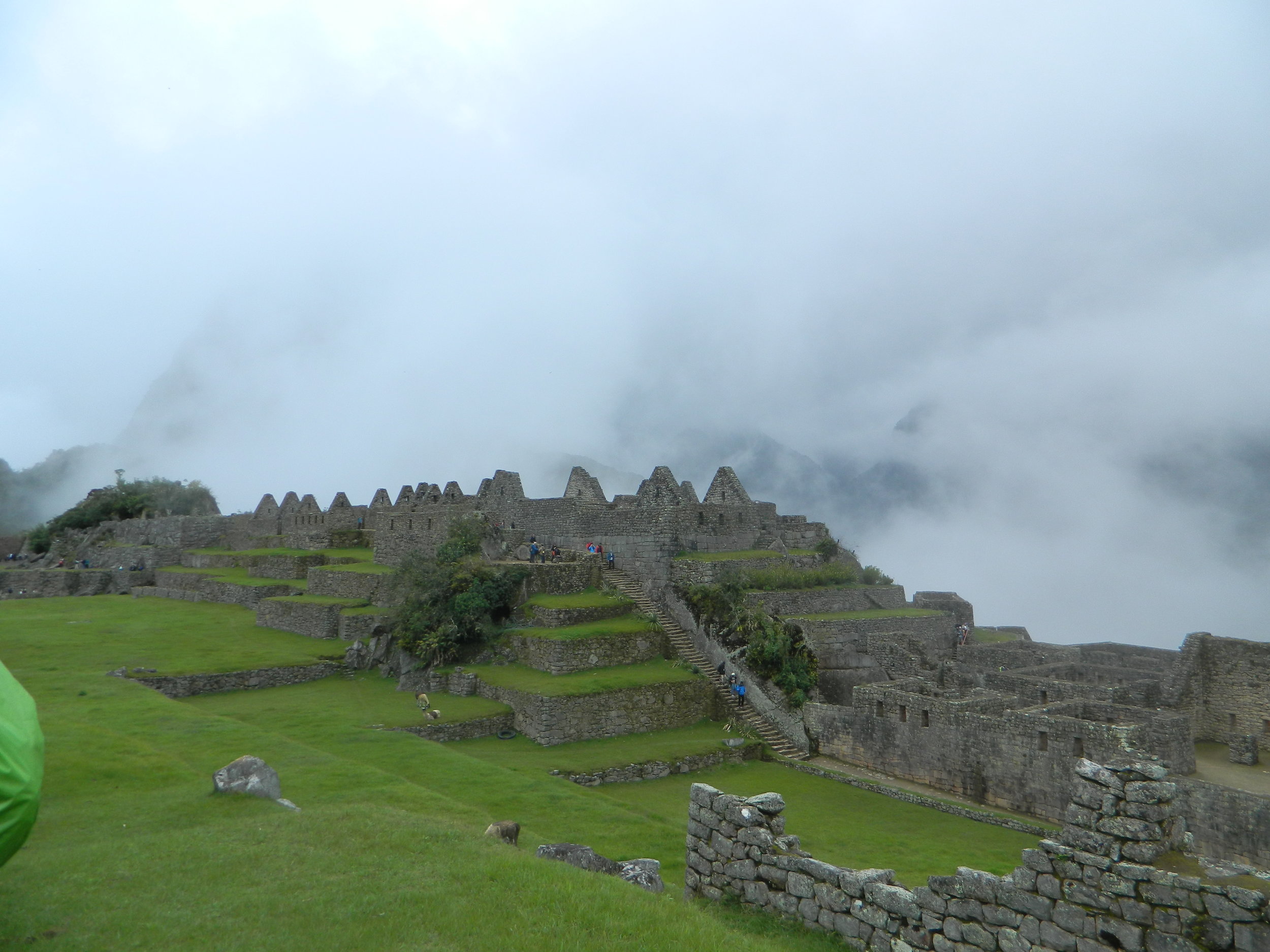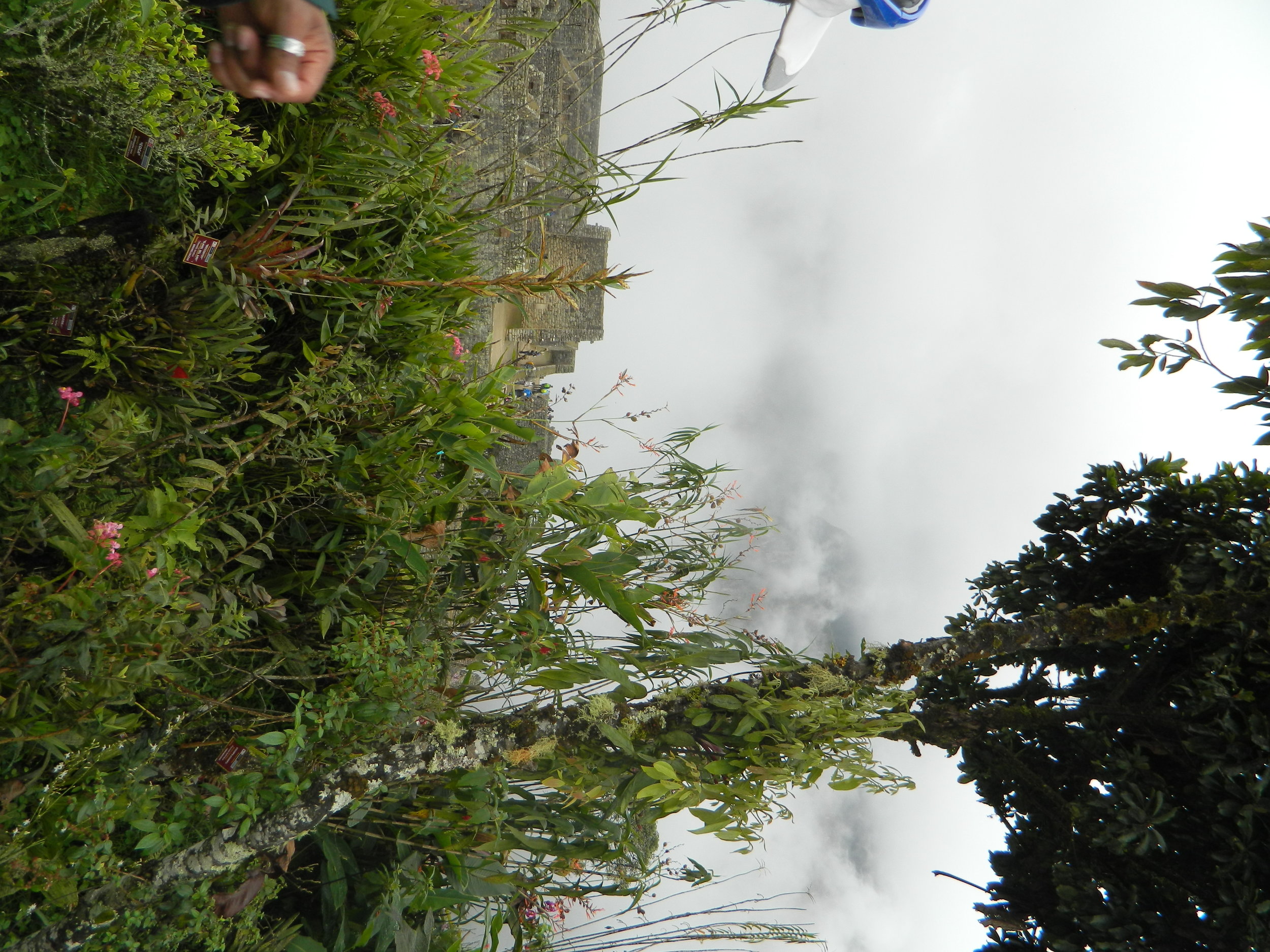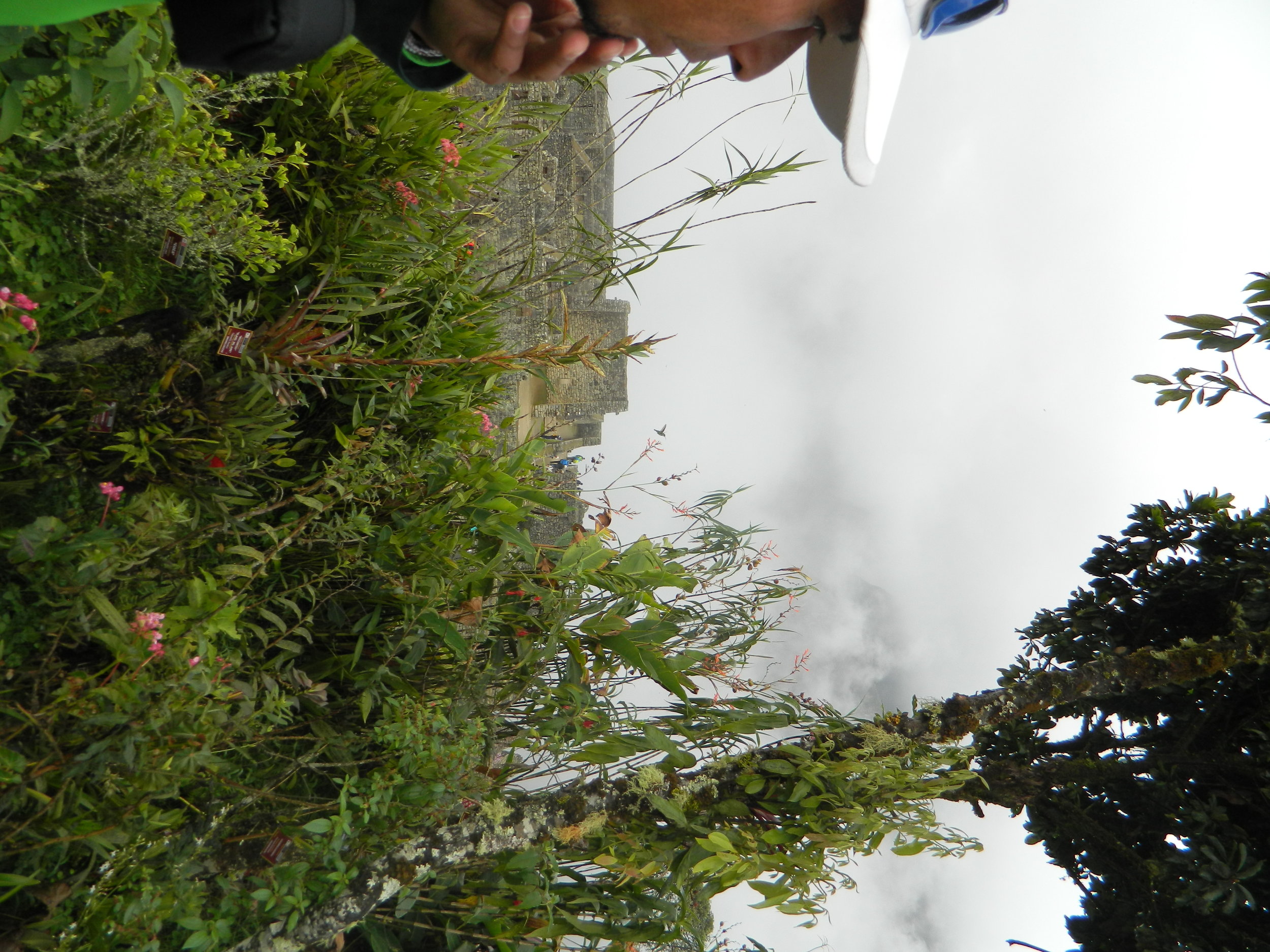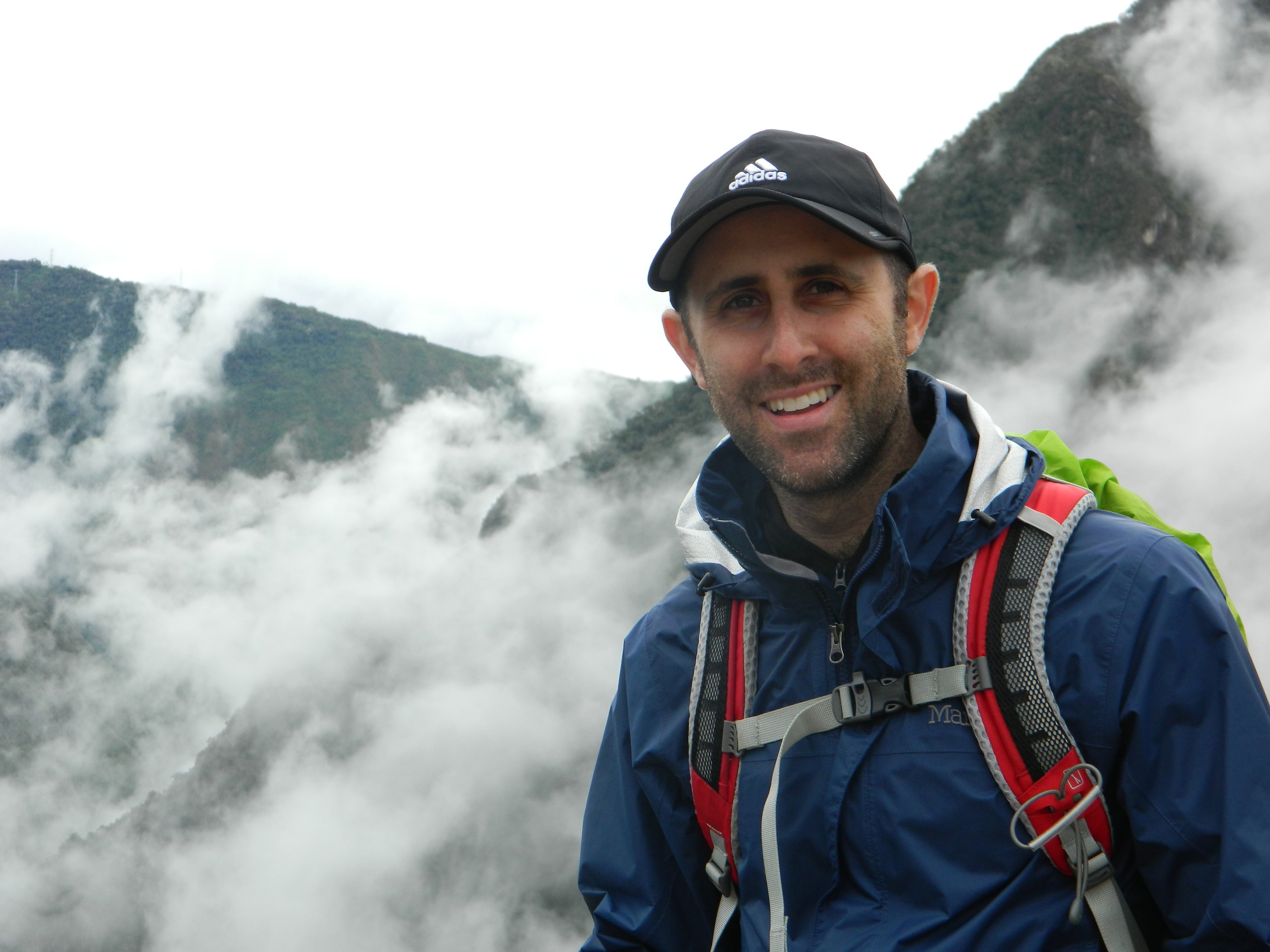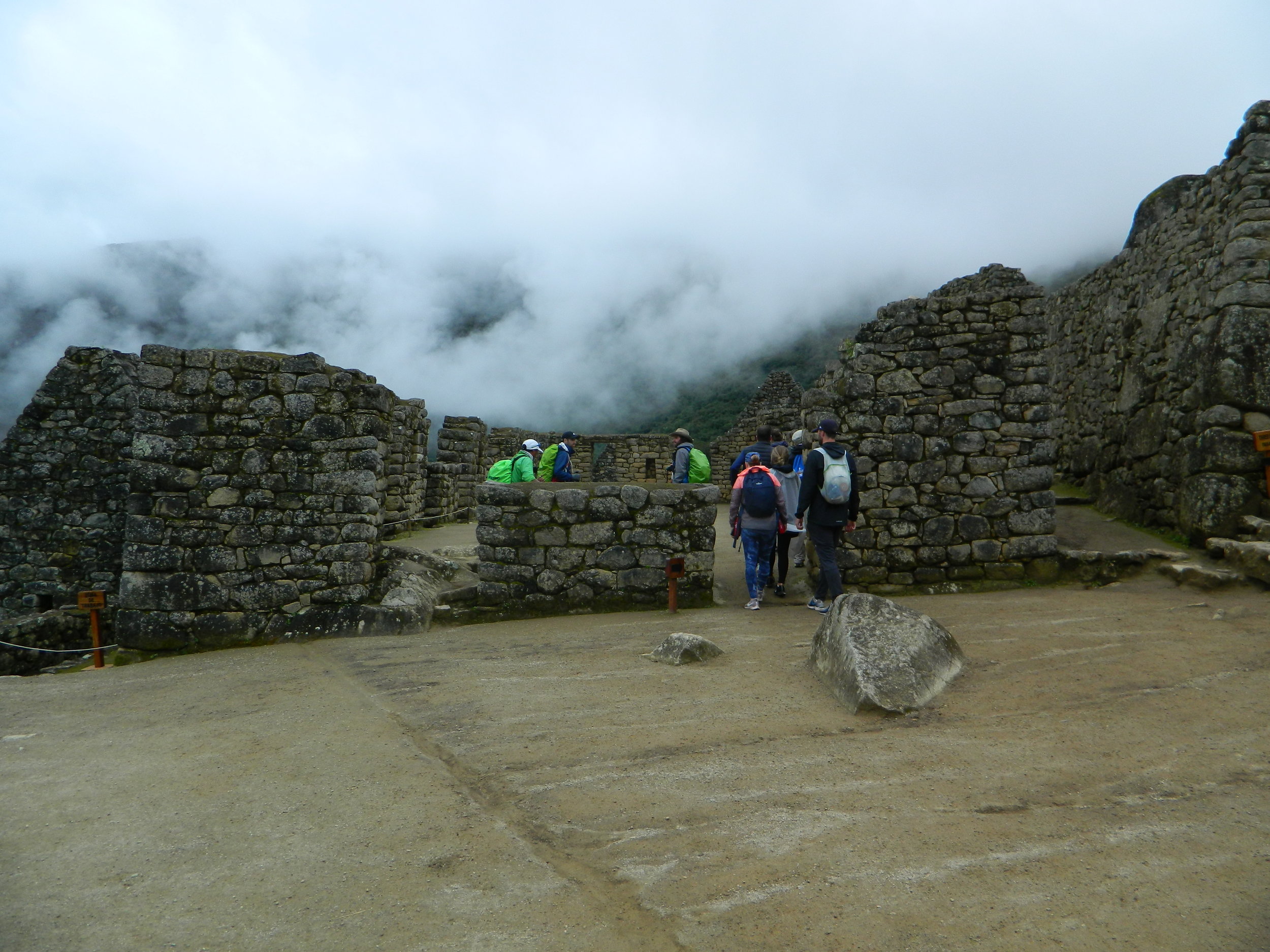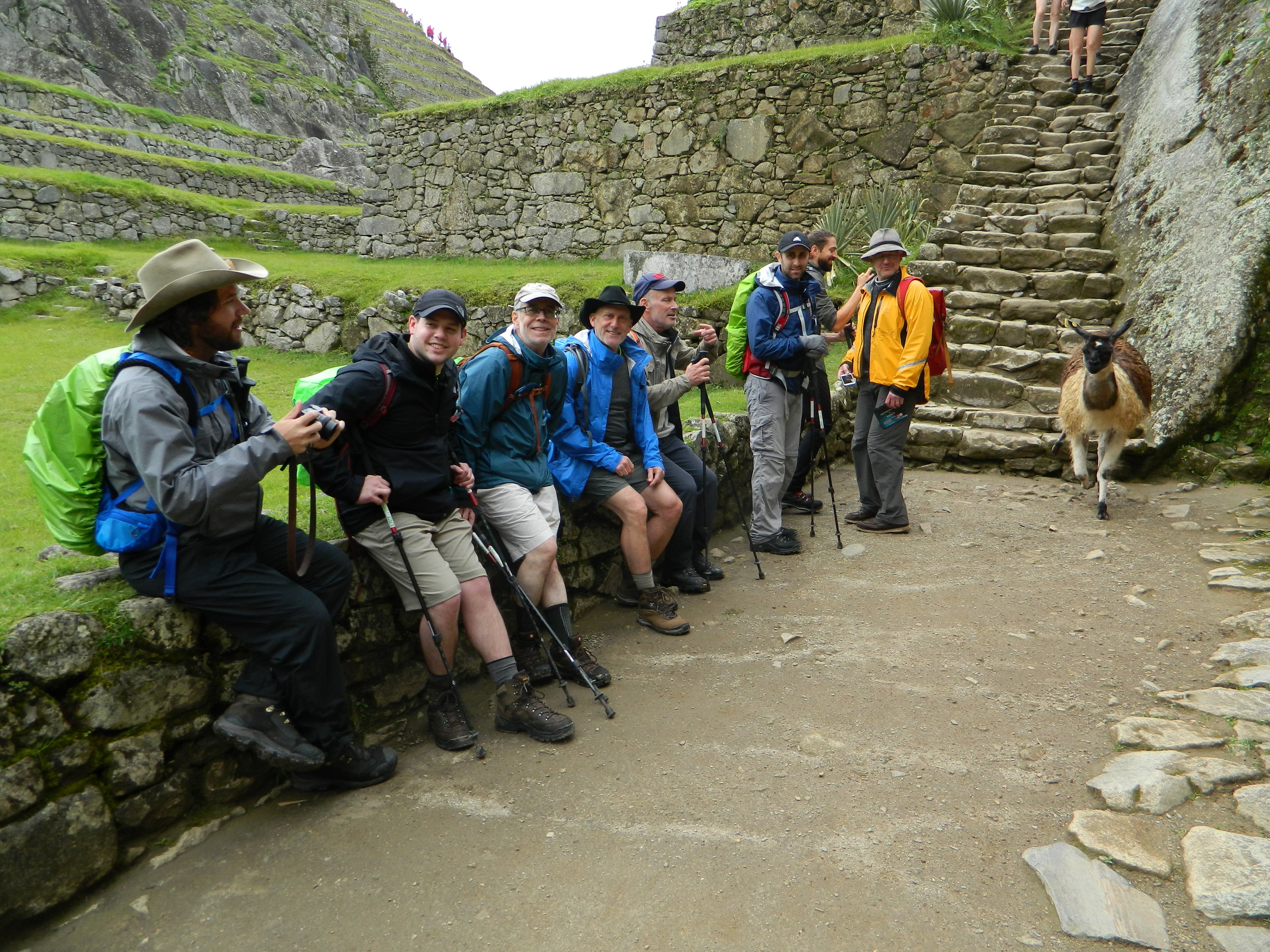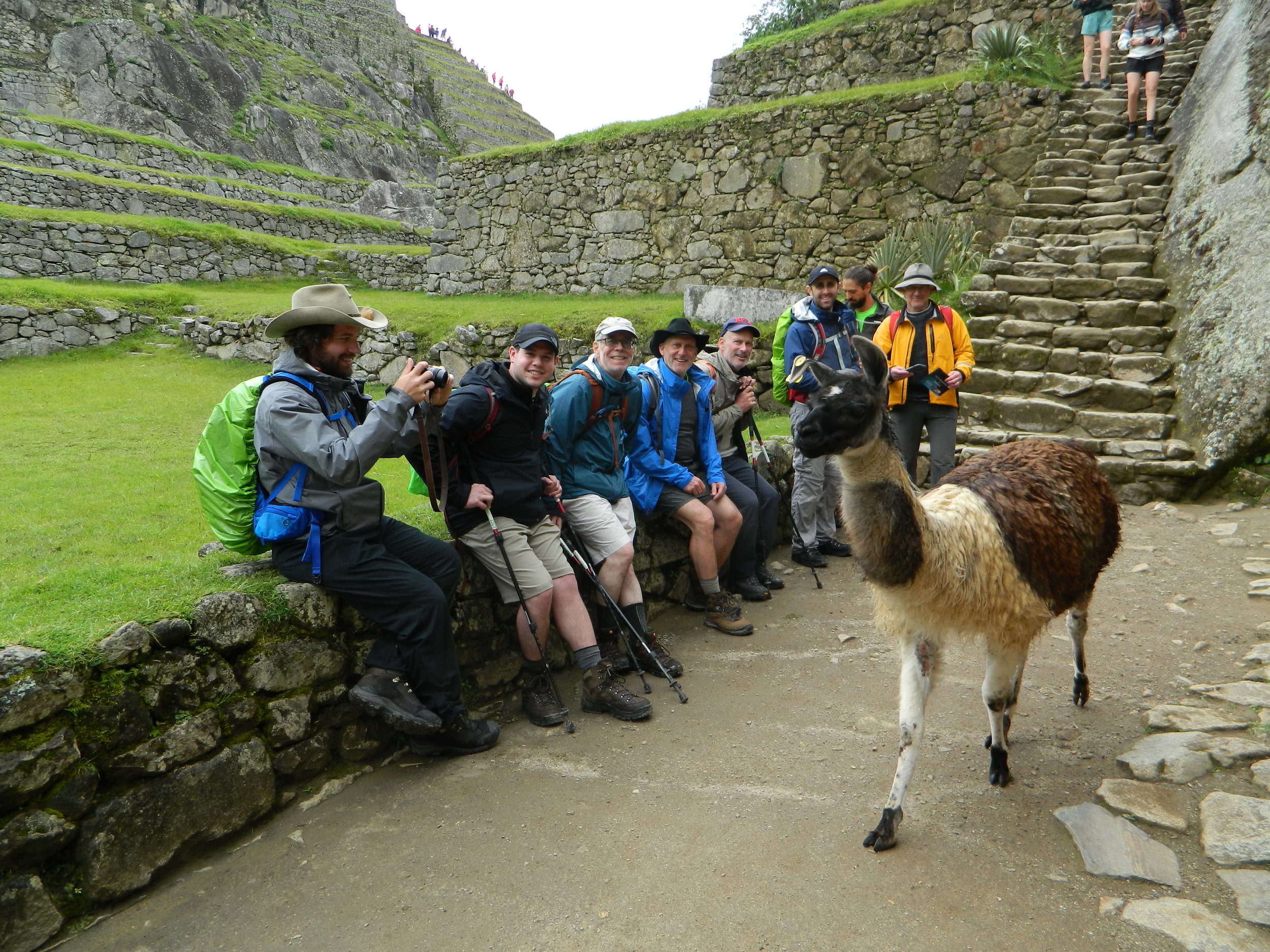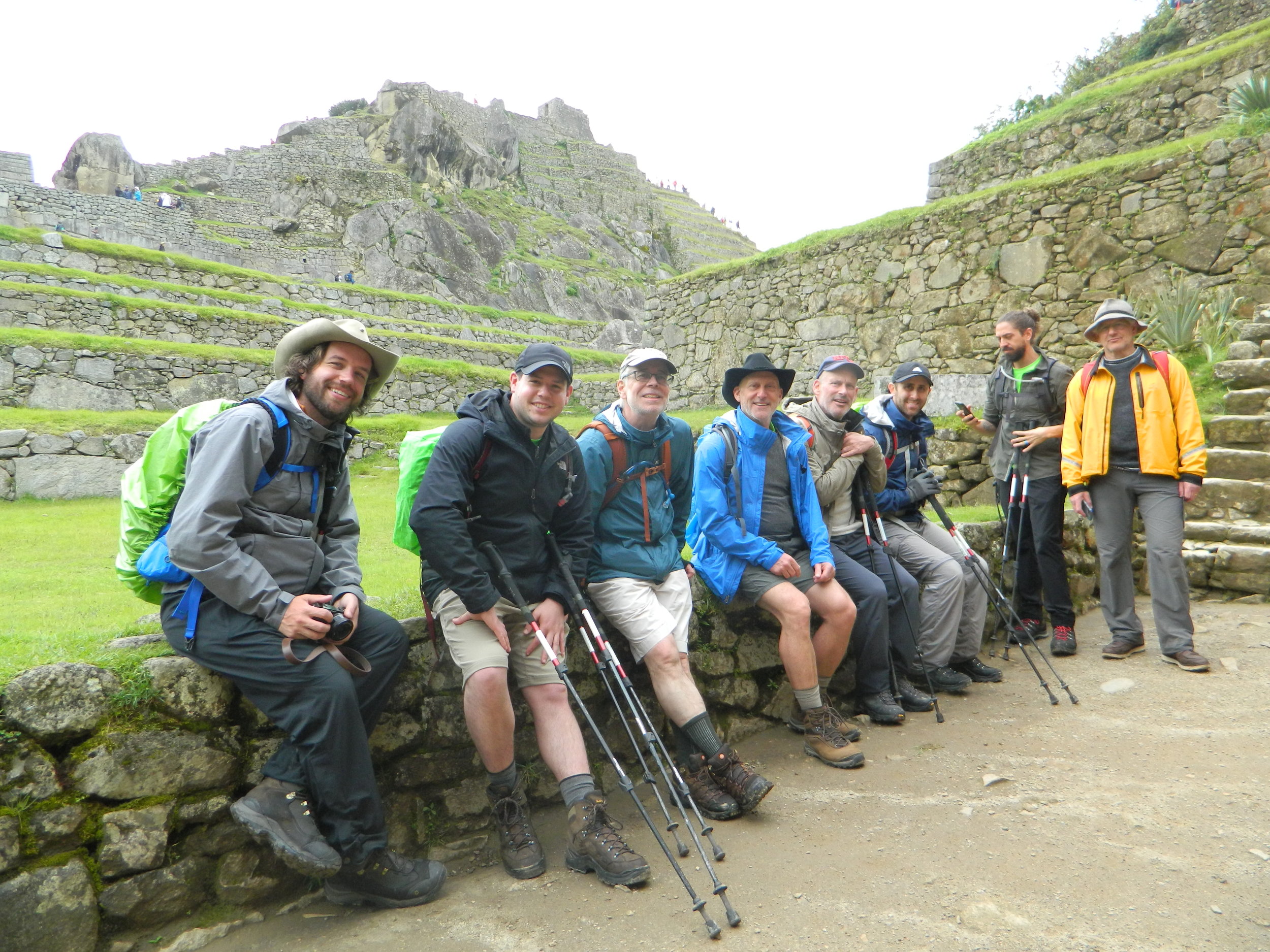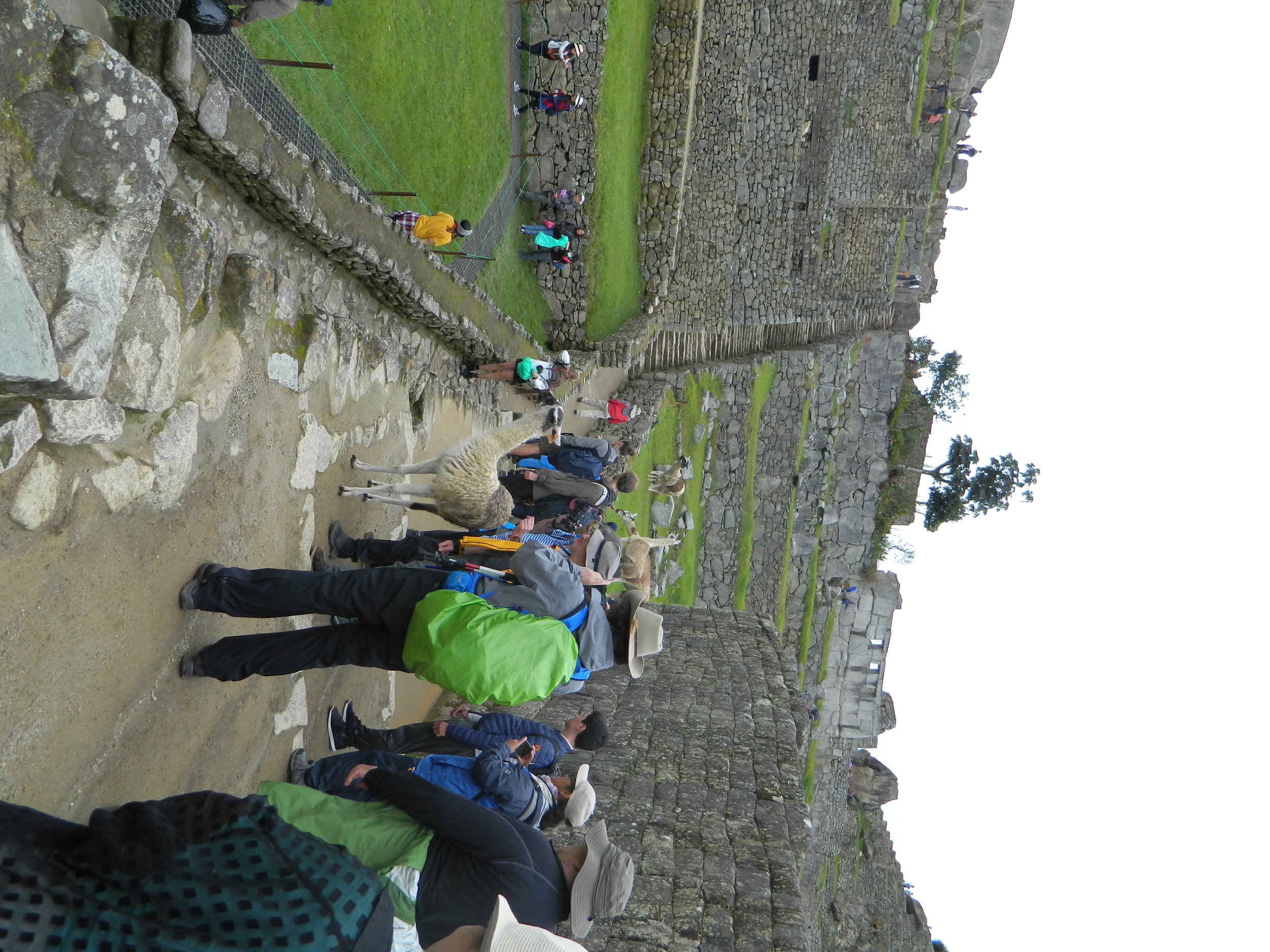Bob Meyer’s Machu Picchu Sexagenarian Birthday Bash
Gentlemen,
We’re all home safe and sound now after an incredible trip. I did a bit of blogging about the trip with a day by day breakdown. Feel free to read through that at your leisure. Below you’ll find the photos that each of us took, organized by person. If your photos aren’t here it’s because I haven’t received them from you yet. Get with it!
Trip Photos!
As you already know, we’re going to Peru to celebrate this man’s durability, longevity, and profound impact on our respective lives - and what an impact it’s been! I can think of no better way to ring in his new lap around the sun than a trekking adventure into the Andes, the ancient land of the Inca, many of whom worshiped the sun god, Inti.
Will Bob shine down on us benevolently in his new era to become our very own sun god or will he drink too many Pisco Sours, lose his sleeping bag, and get altitude sickness? Stay tuned to find out!
This web page is a central place where I’ll update helpful info about the trip so we don’t have to have a sprawled out email chain that you have to search every time you want to remember something important. I made something similar for Zac’s bachelor party and it turned out to be a very useful, centralized resource for the group. We even used it to share photos after the trip was over, which worked out nicely. I’ll keep updating it as details develop.
If you have any ideas for it, shoot me an email, homie! This is going to be an unforgettable, incredible trip.
Our Destination
Machu Picchu - a 15th-century Inca citadel that most archaeologists believe that Machu Picchu was constructed as an estate for the Inca emperor Pachacuti (1438–1472). Often mistakenly referred to as the "Lost City of the Incas" (a title more accurately applied to Vilcabamba), it is the most familiar icon of Inca civilization. The Incas built the estate around 1450 but abandoned it a century later at the time of the Spanish Conquest. Although known locally, it was not known to the Spanish during the colonial period and remained unknown to the outside world until American historian Hiram Bingham brought it to international attention in 1911.
Machu Picchu was built in the classical Inca style, with polished dry-stone walls. Its three primary structures are the Intihuatana, the Temple of the Sun, and the Room of the Three Windows. Most of the outlying buildings have been reconstructed in order to give tourists a better idea of how they originally appeared. By 1976, thirty percent of Machu Picchu had been restored and restoration continues today.
There are actually a number of overlapping trails that go to Machu Picchu. The Classic Inca Trail, the most popular route and the one we’re taking, starts 82 kilometers from Cuzco along the railway line at about 9186ft/2800m in altitude. It treks high into the mountains passing other Incan ruins along the way, covering 27mi/45km in four days. The idea is to arrive at Machu Picchu at sunrise on the fourth day, entering through the Sun Gate where Bob will transcend before us into the deity being of the sun - his final form to be worshipped by human and alpaca alike.
Travel
Cuzco, Peru looking gorgeous
BEFORE YOU LEAVE THE UNITED STATES, BE SURE YOUR PASSPORT WILL NOT EXPIRE WITHIN 6 MONTHS. THE PERUVIAN GOV’T HAS BEEN KNOWN TO REJECT PASSPORTS THAT EXPIRE WITHIN 6 MONTHS. DON’T BE ONE OF THOSE PASSPORT HOLDERS.
Whether from the east coast or from Texas, get to Cuzco and we’ll all sync up there. More details to come as folks’ travel plans emerge. The airport in Cusco currently is only for domestic flights, so all international travelers by plane must disembark in Lima and go through Customs. Even if your flight to Cusco is the same day by the same airline carrier, you must grab your bags in Lima and then check them back in.
The best way to get to Cusco is by air and there are several options in airlines. LAN tends to be the most expensive, but has the most options and flights. Expect delays or flight cancellations. Due to the high altitude of Cusco, it tends to be difficult to land and any acclimate weather will stop air traffic. Bus travel is always available and while the trip can be long, especially from Lima, the buses in Peru are very well maintained and comfortable. This option is strongly encouraged if coming from a city closer to Cusco, like Puno. Lima buses will take about 20 hours to arrive.
Staying In Cuzco
Palacio del Inka Hotel
A storied mansion dating back nearly five centuries, Palacio del Inka stands in the historic center of Cusco. Directly across from the Koricancha (Temple of the Sun), it is a five-minute walk from the main square and less than a mile from an array of museums, markets and restaurants. The 154 standard guest rooms feature coffered niches of dark wood, while maroon entry halls with yellow ochre walls mirror colors in the Damascus figures of the floor carpeting. Meanwhile, the 17 Casa de los Cuatro Bustos Suites, all with 13-foot ceilings, have particularly rich textiles in addition to classic decorative pieces, lounge chairs, hand carved chests and writing desks to recreate the feel of a Colonial Cusco mansion. Uniting the past and present, Andes Spirit Spa presents indigenous treatments and an indoor therapy pool. Meanwhile, Inti Raymi Restaurant offers authentic Peruvian dishes, while a variety of meeting and event venues invite guests to host an enchanting occasion.
A rare sighting of the endangered species, Llama Texana
The Porters
This is Pedro Quispes. He has worked on the Inca Trail for five years and we should all admire both his clothing and his fortitude.
Having porters is such an awesome experience for a less arduous journey up the trail, but it’s important to remember that porters are doing some serious hard work for us and have historically been a pretty unprotected group of workers in Peru. In 2003, Peru passed the Porters Law aimed to stop exploitation of workers who historically had little legal protection. The law states that porters can’t carry over 20kg (44lbs) with 5kg of that reserved for personal items, and that they must be paid at least S/. 44 per day (roughly USD $14). Many porters are also seasonal farmers, and the income from the trail makes a significant impact on lives at home when crops aren’t ready for harvest; fair pay for hard work is essential. Be sure to tip and look out for porters while we’re out there having fun so they can continue to do their good work keeping folks safe and bringing tourism revenues to the Andes.
Altitude
For those of us who live near sea level, which from what I can tell will be almost all of us, we’re in for some serious altitude gain. Not that I anticipate anybody getting seriously sick, but it can happen and it’s important to know what you’re getting into. Taking calculated risks is my life motto, but please do take a moment to learn about the signs and treatment of altitude sickness. Information is power.
Altitude sickness can occur when you travel to a high altitude too quickly. Breathing becomes difficult because you aren't able to take in as much oxygen. Altitude sickness, also called acute mountain sickness (AMS), can become a medical emergency if ignored. Age, sex or physical fitness have no bearing on your likelihood of getting altitude sickness. Just because you haven't had it before doesn't mean you won't develop it on another trip.
Most of the time, symptoms will be mild. We always recommend easing into activity slowly, allowing your body to adjust. Drink plenty of fluids such as water or coca tea. Coca tea has been used since ancient times to help prevent altitude sickness. Leaves from the coca plant contain alkaloids which helps bring oxygen into your blood, helping your body avoid the effects of altitude sickness. Avoid drinking a lot of alcohol and coffee. They will cause you to urinate more often and become dehydrated. Avoid smoking. Smoking makes it more difficult for your body to get oxygen. Avoid sleeping pills. They may cause shallow breathing at night, making it more difficult for your body to absorb oxygen while you sleep.
Remember the trek to Machu Picchu is not a race. Even those in the best shape will suffer from altitude sickness when they race to the top of the mountain too quickly. Go slowly, it will give your body time to adjust to the mountain.
Your healthcare provider may prescribe medicines, such as acetazolamide and dexamethasone, to help prevent altitude sickness. Start the medicine two days before you get to a high altitude. Continue to take it while you are at high altitude.
You must remember that this is your holiday and you do not want to stress out about the possibility of getting sick from the mountains. Do everything slowly. Drink lots of water. And enjoy the coca tea. If anything does happen and you unfortunately get sick, let your guide know right away – all Alpaca Expeditions guides are trained in how to help you get through it.
Symptoms of altitude sickness
Symptoms of altitude sickness usually develop between 6 and 24 hours after reaching altitudes more than 3,000m (9,842 feet) above sea level.Symptoms are similar to those of a bad hangover.
They include:
nausea and vomiting
dizziness
tiredness
loss of appetite
shortness of breath
The symptoms are usually worse at night.
Medication
Consider travelling with these medicines for altitude sickness:
acetazolamide to prevent and treat high altitude sickness
ibuprofen and paracetamol for headaches
anti-sickness medication, like promethazine, for nausea
Preventing altitude sickness
The best way to prevent altitude sickness is to travel to altitudes above 3,000m slowly. It usually takes a few days for the body to get used to a change in altitude.
You should also:
avoid flying directly to areas of high altitude, if possible
take 2-3 days to get used to high altitudes before going above 3,000m
avoid climbing more than 300-500m a day
have a rest day every 600-900m you go up, or every 3-4 days
make sure you're drinking enough water
avoid alcohol
avoid strenuous exercise for the first 24 hours
eat a light but high calorie diet
avoid smoking
Acetazolamide, available from a travel clinic and, in some areas, your GP, can help prevent symptoms. It's thought to help you adjust more quickly to high altitudes. You should begin taking the medication 1-2 days before you start to go up in altitude and continue to take it while going up. If using acetazolamide, you should still go up gradually and follow the general prevention advice. If you get symptoms of altitude sickness while taking acetazolamide, you should rest or go down until you feel better before going up again.
Treating altitude sickness
If you think you have altitude sickness:
stop and rest where you are
don't go any higher for at least 24-48 hours
if you have a headache, take ibuprofen or paracetamol
if you feel sick, take an anti-sickness medication, like promethazine
make sure you're drinking enough water
avoid alcohol
don't smoke
avoid exercise
Acetazolamide can be used to reduce the severity of your symptoms, but it won't completely hide them. Tell your travel companions how you feel, even if your symptoms are mild – there's a danger your judgement can become clouded. You can continue going up with care once you feel fully recovered. If you don't feel any better after 24 hours, you should go down by at least 500m (about 1,600 feet). Don't attempt to climb again until your symptoms have completely disappeared. After 2-3 days, your body should have adjusted to the altitude and your symptoms should disappear. See a doctor if your symptoms don't improve or get worse.
The Culture
Peru Today
The culture of Peru was made by the relationship between mainly Amerindian culture with Colonial Spanish influences and very loose Asian influences. The ethnic diversity and rugged geography of Peru allowed diverse traditions and customs to co-exist. The coastal, Spanish influenced Peru has passed through various intellectual stages - from colonial Hispanic culture. Peru is a unitary semi-presidential representative democratic republic with a multi-party system.
Current President: Martín Vizcarra
1st Vice President: vacant
2nd Vice President: Mercedes Aráoz
Prime Minister: César Villanueva
The History
The Incas were most notable for establishing the Inca Empire in pre-Columbian America, which was centered in what is now Peru from 1438 to 1533 C.E. and represented the height of the Inca civilization. The Inca state was known as the Kingdom of Cusco before 1438. Over the course of the Inca Empire, the Inca used conquest and peaceful assimilation to incorporate in their empire a large portion of western South America, centered on the Andean mountain ranges. However, shortly after the Inca Civil War, the last Sapa Inca (emperor) of the Inca Empire was captured and killed on the orders of the conquistador Francisco Pizarro, marking the beginning of Spanish rule. The remnants of the empire retreated to the remote jungles of Vilcabamba and established the small Neo-Inca State, which was conquered by the Spanish in 1572.
The Quechua name for the empire after the reforms under Pachacuti was Tawantin Suyu, which can be translated The Four Regions or The Four United Regions. Before the Quechua spelling reform it was written in Spanish as Tahuantinsuyo. Tawantin is a group of four things (tawa "four" with the suffix -ntin which names a group); suyu means "region" or "province". The empire was divided into four suyus, whose corners met at the capital, Cuzco (Qosqo), in modern-day Peru.
After the fall of Tahuantinsuyu, the new Spanish rulers repressed the people and their traditions. Many aspects of Inca culture were systematically destroyed, including their sophisticated farming system. The Spanish used the Inca mita (mandatory public service) system to get labourers for mines and plantations. One member of each family was forced to work in the gold and silver mines, the foremost of which was the silver mine at Potosí. When one family member died, which would usually happen within a year or two, the family would be required to send a replacement.
The major languages of the empire, Quechua and Aymara, were employed by the Catholic Church to evangelize in the Andean region. In some cases, these languages were taught to peoples who had originally spoken other indigenous languages. Today, Quechua and Aymara remain the most widespread Amerindian languages.
The legend of the Inca has served as inspiration for resistance movements in the region. These include the 1780 rebellion led by Tupac Amaru II against the Spanish, as well as contemporary the guerrilla movements Túpac Amaru Revolutionary Movement (MRTA) and Sendero Luminoso in Peru and Tupamaros in Uruguay.
Indigenous Andean Cultures
Cultures considered Andean include:
The Languages
Spanish: if you speak any, you’re going to have a leg up on those who don’t in Peru, but the accent and colloquialisms can be tricky if you know Mexican Spanish (like me) and not everyone-in-Peru’s first language is Spanish either.
Quechua: Approximately 25% (7.7 million) of Peruvians speak a Quechuan language. It is the main language family of the Inca Empire. The Spanish colonisers initially encouraged its use, but from the middle of their reign they suppressed it. However, Quechua ultimately survived because all things in the Andes are generally hearty and durable, and variants are still widely spoken today.
Aymara: is an Aymaran language spoken by the Aymara people of the Andes. It is one of only a handful of Native American languages with over one million speakers
An example of Quechua spoken by a taxi driver in Cuzco
The Food
The four traditional staples of Peruvian cuisine are corn, potatoes and other tubers, Amaranthaceaes (quinoa, kañiwa and kiwicha) and legumes (beans and lupins). Staples brought by the Spanish include rice, wheat and meats (beef, pork and chicken). Many traditional foods—such as quinoa, kiwicha, chili peppers, and several roots and tubers have increased in popularity in recent decades, reflecting a revival of interest in native Peruvian foods and culinary techniques.
Pachamanca is a cooking method which has been used in the Andes for centuries and it is still very popular all over the Andean region. Placed underground on a bed of hot stones seasoned meat, herbs and vegetables are slowly cooked for many hours. Because it takes a long time to cook it is usually a special treat and it is done during celebrations.
Pisco, a type of brandy, is the national drink of Peru. It originated during the colonial period as a cheaper substitute for the Spanish liquor known as Orujo. Nevertheless, Orujo is a product made from the spoils of wine production. Pisco uses fresh grapes like wine-making. This distilled beverage made from grapes is produced in various regions of the country. Pisco Sour is a cocktail made from pisco combined with lime juice, egg white and simple syrup. Chilcano [13] is also made with Pisco. Winescome from many different regions of the country, most notably from the Ica Region.
Beer, as in many countries, is popular at all levels of society. Local brands include Pilsen Callao and Cristal. Other regional beers are Arequipeña, Cusqueña and Pilsen Trujillo from Arequipa, Cuzco and Trujillo respectively. A common beer drinking ritual among many Peruvian men involves a group sharing one glass. The party holding the bottle waits for the prior person to drink from the glass before receiving that glass, filling it and passing the bottle on to the next in line. While this custom is more common among men of lower classes of society, people of higher social status, particularly youth and occasionally women, take part in this custom for fun.
Chicha de jora is another well-known drink, based on different varieties of fermented maize and different aromatic herbs, depending on the region of the country. Its consumption is mostly limited to the Andes area. Chicha de jora has been prepared and consumed in communities throughout in the Andes for millennia. The Inca used chicha for ritual purposes and consumed it in vast quantities during religious festivals. Mills in which it was probably made were found at Machu Picchu.
Get To Know A Few Dishes
Chalona or Charqui: a cured dried meat originally obtained from alpaca, but often substituted these days with Lamb, served often in the Andes.
Ocopa: A dish of boiled and sliced yellow potatoes covered with a sauce of made of aji (chili pepper), the Peruvian herb Tagetes minuta, (called huacatay; the herb gives it a vivid green color), ground peanuts, and fresh or white cheese, with sides of lettuce, boiled eggs and olives.
Sangrecita: a Peruvian cuisine dish of chicken blood. It is seasoned with garlic, onion, chili pepper, herbs and prepared with potato or yuca.
Cuy chactado: grilled or fried guinea pig which can also be cooked as part of a pachamanca. Guinea pigs have been part of the Andean diet for centuries, even before the Incas ruled Peru. It is the most popular dish in the highlands.
Rocoto Relleno: a traditional dish from Arequipa. Rocotos are large oval shaped very hot chilis that are stuffed with ground beef or pork, diced onions, eggs, olives and local spices. They are covered with cheese and placed in the oven.
Papa a la Huancaina: a traditional dish from Huancayo. It contains boiled potatoes in a creamy yellow sauce called Huancaina. This sauce is made from sweet red and orange hot peppers, cheese, milk and Peruvian yellow hot chili. It is garnished with lettuce, olives, corn and hard boiled egg.
Restaurants In Cuzco
Cicciolina: International cuisine. On the 2nd floor of a lofty colonial courtyard mansion, Cicciolina may be Cuzco’s best restaurant. The eclectic, sophisticated food is divine, starting with house-marinated olives, continuing with crisp polenta squares with cured rabbit, huge green salads, charred octopus and satisfying mains like red trout in coconut milk, beetroot ravioli and tender lamb. With impeccable service and warmly lit seating.
Marcelo Batata: Top choice Peruvian in Cuzco. A sure bet for delectable Andean cuisine with a twist. Marcelo Batata innovates with traditional foods to show them at their best – like the humble tarwi pea, which makes a mean hummus. The chicken soup with hierba Luisa (a local herb), is exquisite, alongside satisfying beet quinotto (like risotto), tender alpaca and twice-baked Andean potatoes that offer crispy-creamy goodness.
Monkey Cafe: Coffee shop and café. Cuzco's finest coffee shop is shoehorned into a tiny locale at the top of San Blas hill. All espresso drinks feature double shots made with Peruvian-origin roasts. There's also very tasty sweets and hearty breakfasts ranging from healthy to heart-stopping.
La Bodega 138: Top choice pizza in Cuzco. Sometimes you are homesick for good atmosphere, uncomplicated menus and craft beer. In comes La Bodega, a fantastic laid-back enterprise run by a family in what used to be their home. Thin-crust pizzas are fired up in the adobe oven, organic salads are fresh and abundant and the prices are reasonable. With weekend brunch. A true find. Cash only.
Packing List
ESSENTIALS:
Passport
Valid, STUDENT CARD (if you booked as a student)
Immigration Card (given on the plane as you enter Peru)
Good daypack (the smaller, the better)
Water storage: Water reservoir like Camelbaks are encouraged - but enough for at least 2-3 liters.
Comfortable hiking boots (lightweight with good soles)
FOR YOUR DUFFEL:
Porters will carry up to 7 kg of your personal items. This must include your sleeping bag and air matt (if you bring/rent one). From us these two items weigh 3.5 kg.
2-3 wicking t-shirts
2-3 hiking pants
4 sets of undergarments.
4 sets of hiking socks
1 Fleece
1 Warm, down jacket: gets very cold at night
1 Rain jacket and pants
1 sun hat
1 wool hat
Headlamp: essential
Waterproof gloves (even if they are ski gloves, take them)
Comfortable shoes for camp
Walking boots
Waterproof jacket/rain poncho
Quickdry towel. We provide small ones, you might enjoy something a little larger.
Small bottle of soap: we provide warm water each day to clean - might make you feel fresh if you had a little soap.
Battery Charger: There is no place to plug in while trekking!
Large plastic bags: to help organize and keep clean from dirty.
Sleeping bag: Recommend down bags for -10C at least
TOILETRIES:
Sunscreen
Face moisturizer
Bug spray
Handsanitizer
Wet wipes
Toothbrush and paste
Toiletpaper
Personal medication
First aid kit: band aids, moleskin, etc.
INSIDE YOUR DAYPACKS:
Daypacks can be any size for hiking, but we always recommend the smaller, the better. Inside Machu Picchu, no bag larger than 25L will be allowed in. If larger, you will need to store outside citadel gates.
Water: we supply clean water at each meal. You are responsible for your first morning of water only as we won't have time to filter water until your first lunch.
Sunhat
Rain gear
Fleece
Camera
Music (IPhone)
Handsanitizer
Toilet paper and small plastic bag for waste
Extra Money for Souvenirs, Drinks & Tips
Earplugs
Weather
Of course weather is unpredictable. Typically the dry season in Cusco is from April through October, but this does not stop rain from falling in June or the sun from coming out in December – just be prepared. No matter what month you are doing the trek, please make sure that you have rain gear that includes a waterproof jacket, pants, poncho and waterproof gloves. Many people forget about gloves, but being cold and wet makes hiking very unpleasant.
Also prepare for four seasons. Many of the treks through the Andes involve many micro-climates and you will need to be prepared for all seasons. Layers are always key as they are easy to adjust to the different temperatures. And evenings will always be cold, so please be prepared with a warm, winter-weight jacket.











